|
You know how to make your own bias tape, but you always wondered how to make your own piping? You're asking yourself how can I make my own corded piping? What is piping for sewing? Or what kind of piping do I refer to here? I am talking about a trim or edging around a pillowcase or bag, that typically consists of a thin strip of fabric, usually a bias tape with a cord inside. This narrow tube is attached to the edges of decorative items such as pillowcases, garments or bags to enhance the edges or give the items a more defined or professional look. Materials needed: - Bias tape - cord - clips or pins - sewing machine, zipper foot, needle and thread The piping cords come in all different sizes and qualities and most importantly thicknesses. So depending on your project you can choose a very thin cord or a really thick one. I used a medium cord for this tutorial it's 1/4" (6mm) diameter. You will be sewing very close to the cord, so a zipper foot is extremely helpful. 1. To start you will need diagonal ( 45° angle) fabric strips, also called bias tape. The fabric will be wrapped around your cord so the bias tape has to have the width according to the circumference of your cord. This means, you need to measure the circumference of your cord ( not diameter of your cord) then add the seam allowance twice and that gives you the width of your bias strips. 2. You need to measure the circumference of your cord, mine was 5/8" in circumference (not to be confused with diameter!) Then you add your seam allowance (1/4" in my case) twice, and there you have your width of the bias tape: FORMULA: circumference of cord + 2 x seam allowance = width of bias tape In my case: 5/8" + 2 x 1/4" = 9/8" or 1 1/8" 3. Fold your bias tape in half, aligning the raw long edges. Place your cord in-between the folded bias tape. As you know, I prefer clips so here you can see, I clip this cord/ bias tape sandwich in place, but you can also use pins. If you're using pins you can either pin along the cord or you can place your pins vertically, depending on your personal preferance. If you want to be very neat, you can now hand baste along the piping with large running stitches, before you machine stitch your piping. I have to admit, when I first learned how to sew, from my Mum ( she was a home economics teacher) I had to hand baste everything. I wasn't very happy about that , as you can imagine, since it took so much time. But it helped immensely and my sewing was a lot straighter and neater than in would have been without the hand basting. As you can see, these days I am not as neat and prefer a couple more clips. 4. Now stitch along the cord with a zipper foot. This allows you to get as close as possible to the cord. This tutorial is with a zipper foot, since most machines come with a zipper foot or most people have a zipper foot for their machines. Side note here: I turned the zipper foot of my PFAFF sewing machine the other way around so I can see more of my stitches. I wish this foot would come in clear acrylic, that would be perfect. (If you have a piping foot for your sewing machine, that's a different story. Then you place the cord under the round part of your piping foot and move your needle the side so you can stitch along the edge of the cord.) 5. And here it is, your very own individually hand made piping. This was easy peasy, right ? And here is a tutorial on how to use this piping in a project, and how to sew it into a pillowcase the super easy way. Check out this quick video with the full instructions.... Happy sewing Ingrid xCheers to a successful making of your piping :-)
0 Comments
How to recycle pre-loved fabric? And most importantly, how to use pre-loved fabric? If you want to check out our updated fabric recycling article, visit our newly renovated blog! Of course we did not invent recycling. Recycling is as old as history of human kind. Our ancestors did it out of necessity. I remember my grandma and also my mum keeping leftover anything, and I am not just talking food. Maybe that's why I became a 'keeper of everything' as well. Recycling is finally a 'THING' again and an important one at that. And nothing combines importance, necessity and beauty quite like a quilt or a mosaic. Have I told you that I am collecting broken dishes and tiles as well, nicely sorted by color? But that's a story for another time. We're talking fabric today. Why recycle fabric? There a a few reasons why we should recycle fabric: 1. fabrics are pretty expensive: We all know, especially if you've been sewing for a while, sewing isn't a cheap hobby. A yard or meter of fabric can easily cost between 18-24 Euros. And depending on your project this can get really expensive. 2. for environmental reasons : The cost of the fabric isn't everything, let's talk environment. Fabric has to be produced, that means cotton fields, pesticides, lots of water etc. Then it has to be bleached and printed, packed and shippped worldwide. This is just the quick version , but you get the drift, if puts a strain on our environment. So even if we can reduce this by a little bit it makes a difference in the big picture. 3. memories / history: Some of the items , that we recycle remind us of people, places or experiences, and are so worth keeping. Your dads favorite shirt, your daughters first dress, your grandmas sheets, whatever it is, it can turn a sewing project into a very special gift or keepsake. And even if it's not a personal memory, it can be a 'feel' of time or history. and last but not least 4. the beauty of vintage prints This is my favorite, since some of those vintage fabrics, just have the nicest and coolest prints, weaves or textures. They will turn your sewing project into an awesome item. Where do you find 'pre-loved' fabric for quilting? There are numerous places to find beautiful used fabrics. But not all of them are useful for quilting or sewing projects. Look out for anything cotton or cotton blend. You will probably find wash care labels in clothes, but it's harder with fabric remnants or home decor fabrics. Cotton fabrics are usually stiff and can be crushed easily and the crease will stay in the fabric. Whereas man made fibers such as polyester, nylon and rayon etc. are smoother and creases will not stay as much in the fabric. You can always test the fabric with burning a little corner, if you're really not sure. Natural fibers will burn as opposed to man made fibers that will melt. Thrift stores: Here you can find anything from clothing to fabric remnants, pillowcases, table linnens, curtains/drapes and sheets. Fine cotton sheets are awesome for the backing of quilts. Coarser cotton sheets can be turned into bags, pouches dish towels and much more. Let your imagination run wild and try to experiment, you'll be surprised at what you will find. Flea markets : As with thrift stores, check out anything that catches your attention. A cute cotton dress with a flower print, a nice cotton mens dress shirt with an awesome stripe, some 70's table linnens with huge orange flowers.... the possibilities are endless. Garage sales: Same as the above, when you see items that catch your attention, check for stains, holes or tears. Depending on what you'll be using the fabric for you can still use one that has some imperfections. Sheet especially need to be checked in the middle they are often faded or thin in the center from longer use. It might not be a big deal , because you decide to cut it up anyways, but knowing what you get is always good. Now that you found a whole bunch of fabrics what's next? First of all I like to wash the fabrics. Most of your finds might be washed already, but I like to make sure I wash them again for two reasons, one, I want to be sure there are no bugs, dust, smell etc. and two, I want to make sure none of the fabrics bleed after I've sewn them up. For pre-loved clothing I cut the items up into usable fabric pieces. This means I will cut off collars, cuffs, buttons etc. and fold the usable parts as I would fold my fat quartes. For sheets etc. I will cut stained or teared parts and fold the rest as well. Then, being a color freak I like to sort the fabric by color so I can easily find them when I want to use these treasures for new sewing projects. Here are a few projects I made with pre-loved fabric: Quilts I made with recycled fabric: These are just a few of the quilts I made with recycled or pre-loved fabrics.
All the white fabrics are pre-loved sheets, the blue quilt is almost entirely made with mens dress shirt fabrics and sheets, I just added a few quilting cottons to give it a more modern look. What do you think you guys? Wanna go fabric thrifting?
What is fussy cutting patchwork and how to use it in Foundation Paper Piecing, English Paper Picing or quilting in general?
I have been quilting for a long time, and I remeber the days when I was cutting fabric for a quilt and was giddy with joy when the pattern of the fabric ended up centered in the shape I was cutting. Little did I know back then, that this was actually 'a thing'. It's not only a thing, it also has a name........ It's called FUSSY CUTTING.
As I went on, on my quilting journey I noticed that some people were really 'lucky' and got their print centered all the time.... really lucky indeed.
I have to confess till then, I was still trying to use up as little fabric as possible and it didn't even occur to me, that someone would deliberatly just cut an image out of a piece of fabric.
So there is was, FUSSY CUTTING .
A whole new world opened up to me. Fussy cutting is when you cut your fabric to showcase a specific area of a print rather then cutting random pieces. There are different reasons for fussy cutting depending on your project or quilting technique. You use fussy cutting to: 1. Feature a particular part of a print or you 2. Use a specific part of a print in your quilt pattern to enhance the pattern. These reasons also determine the techniques and tools you use. So lets start with featuring a particular part of a print:
1. This method is usually used with English paper piecing, but also with squares, triangles or other geometrical shapes.
You can use acrylic templates to cut your shapes or make your own templates out of cardboard. The advantage of acrylic templates is, they're easy, reusable, see through and include a 1/4" seam allowance. If you make your own template, which is absolutly fine, draw your shape on cardbord and add 1/4" seam allowance, cut out the desired shape and you're left with the seam allowance 'frame' , which you then use to cut your fabric along the outside line. Either way, place your template on your particular part of your print and cut along the outside lines with your rotary cutter or fabric scissors. I prefer a rotary cutter, so the fabric can stay put on my cutting mat and I don't move the template by accident.
For geometrical shapes its best to use an acrylic ruler, these can be easily placed on top of your print and your design can be centered accordingly.
Make sure you don't forget the seam allowance, trust me it happened to me more than once, that I cut a cute image only to notice afterwards that I had fogotten the seam allowance.
Fussy cutting to enhance your foundation paper piecing pattern:
2. This is a bit more tricky , as you're not only working with a mirrored image, but also with weird angles in the pattern sometimes.
Let's start with the easier part placing a particular part of a print on your foundation paper piecing segment. This can be done to give an eye more life by using a dotted fabric, or by adding some print detail to an otherwise simpler background, as I did with the seals in the orca pattern. This is fairly simple if the part of the segment that you wish to place the print on is part 1, as shown in the photos below. I always use a fabric glue pen, it just makes your life so much easier. The dolphin and the orca pattern are featured in my new book. Which can be pre ordered here.
It becomes more challenging if it is any other number of a particular segment and has weird and pointed angles on top of it. But there are a few tricks.
1. First you place your segment wrong side (unprinted ) on wrong side of fabric.
Here I chose the pirates for part B1. I use a fabric glue pen, and glue the segment onto the fabric (glue only B1). If you're planning on doing this a lot, a light box comes in very handy, but for starters just hold your segment and fabric against a light or your window. 2. Cut out, with aprox 1/4" seam allowance, around the perimeter of B1. You can use a ruler to do this and a rotary cutter, I usually just use fabric scissors and eye ball it. (I trim the seam allowance after sewing part 2 and 3.) Then sew part 2 and 3 with your chosen fabric for those parts.
3. Trim the seam allowance. I am using here the add-a-quarter-ruler, since I want this particular seam allowance to be super accurate.
4. Now place the segment part B4 (wrong side of paper on wrong side of fabric) over your fabric folding back the seam allowance of B3 and glue in place. ( just glue B4, with just a little bit of glue, you'll remove it later)
5. Cut out roughly and mark with water soluble pen, where fabrics should align.
6. Then trim along the raw edge of B3. Use a ruler and rotary cutter you want this to be accurate.
7. Place your pattern segment printed side down and flip the clued(yes un-glue!) fabric backwards. Right sides together with the previous fabric. Align raw edges and he marked lines. Then sew along the line between B3 and B4.
8. Fold the fabric over, an its exactly where you want it to be .
Finish this segment and then all the other segments, assemble your quilt block and voila your little happy boat isn't just a happy boat, it actually tells a story.
Fussy cutting in foundation paper piecing takes for some practice but it is extremly rewarding and turns a simple quilt block into a stunning make.
You find all the boat patterns including the little happy boat here. Is this something you guys would want to try? Or do you have other techniques for fussy cutting? I'm really curious so cant wait to hear from you all. Ingrid xx
Foundation Paper Piecing
is my favorite quilting technique. And as the name says, paper is one of the main foundation piecing supplies. Foundation paper piecing is used to create very accurate stitches and lines on a design, and I loooove accuracy, I’m a Virgo after all. But for me, it is also a great method to sew a stunning quilt block in a fairly short amount of time. You get amazing results without having to sew up an entire quilt. Whether you want to make some last minute gifts, some remarkable pillowcase or table runner for your home, this quilting technique is fun and easy. If you're new to this technique it can feel daunting, but don't despair, I wrote a great tutorial on how to master paper piecing in no time. When I first tried foundation paper piecing, I did not know a thing, and I mean really NOT a thing. I had an older quilting book, and decided to make one of the quilt blocks. I hadn't heard about foundation paper piecing before nor what it was about, or what supplies are needed. The pattern asked for paper, but did not specify what kind of paper, so I just used whatever paper I had at hand. As I worked my way through the FPP world I have worked with all sorts of papers and here’s what I think: Your choice of paper for foundation paper piecing depends on: a) cost b) scale of your project c) ease of use d) whether you like to work with a fabric glue pen or not. I also talk about paper for foundation piecing in my new book 'Adorable Animal Quilting'. Regular printer paper:
At the moment, this is my choice of paper. It’s easy to use and cost effective;
This is especially important since I am doing A LOT OF paper piecing. I can print any pattern right from my computer. And it is still thin enough to not be a headache when removing. Personal tips for the use of regular printer paper: > use regular printing paper in combination with a fabric glue pen. A fabric glue pen will be your life saver and you will never want to work without one again. > after you have joined two segments, remove the paper only from the seam allowance before pressing, that way you get nice flat seams (use a Tailor's clapper for extra flat seams) Freezer Paper:
Freezer paper works great with foundation piecing. It is easy, because you can just iron the fabric onto the paper and nothing slides off or moves, and obviously you don’t need a fabric glue pen.
It can become costly when you paper piece a lot. However, it’s a little bit thicker than regular printing paper and can get pretty bulky, especially when small pieces are involved. Because of its thickness, it’s not as easy to remove afterward. Personal tips for the use of freezer paper: > use freezer paper for blocks with large fabric areas, the possiblility of ironing on the fabric is absolutly wonderful for bigger fabric pieces. > again, definitely remove the paper from the seam allowance after joining two segments before pressing the segments. This assures that you get flat seams. (use a Tailor's clapper for extra flat seams) Foundation paper:
It’s wonderfully thin and perfect for tracing. It can also be used in your printer.
Another advantage is, that it’s very easy to remove when finished. However, it can become quite costly if you do a lot of paper piecing. And it tends to curl if ironed on. Personal tip for the use of foundation paper: > use it for blocks with tiny pieces in combination with a fabric glue pen. I personally like a little more structure and firmness in my blocks when sewing them, but if you prefer softness, this is the paper for you. > do not iron too much as it tends to curl up with heat, just very quickly and then use a Tailor's clapper or another heavy object to flatten the seams. It’s probably best to experiment with different papers, to find out which ones you like best, so what better way to do this, than with a free foundation paper piecing pattern. Happy testing ! Let me know what you think. Did this happen to you before? A stunning and cute quilt block catches your attention, you read the description, and it says it's paper pieced, so you're like...... OH NO, I cant do that! But I can assure you ( Obama style ) YES YOU CAN! I've been there, and trust me confusion took over me and I thought to myself : What do they mean, it's done on the reverse side? And how do I place the paper? And why this and what that? BUT first things first: You want to master paper piecing once and for all? You dont want to miss out on all those stunning quilt blocks that are paper pieced? Then read this blog post slowly, with you pattern at hand. You can also download this free pattern here to start practicing. Or if you like this star pattern , then grab it here. First and foremost, take your time to practice now and you'll be good to go for ever. 1. The pattern the pattern usually consists of a numbered overview, with letters and numbers on it. a colored overview ( so you have some inspiration) a blank overview ( this is for you to color yourself) and your pattern segments, again lettered and numbered, Each segment features only one letter, but has several numbers, this is the sequence of your sewing. Think of your pattern as a puzzle, each segment is one piece of your puzzle. 2. A few simple tips: Place the numbered overview in front of you. Cut out the pattern segments, along the dotted lines ( this is the seam allowance). Place the segments beside your pattern acording to the numbered overview. This is pretty obvious with the star pattern, but it becomes really important and comes in super handy with more complex patterns. 3. Reverse side or mirrored image: As I mentioned before, foundation paper piecing is done on the reverse side of your paper. This means your pattern is your sewing aid only. Not as with 'normal' patterns, where you cut the fabric according to the pattern. I think this is the most important part about paper piecing, and can't be emphasised enough. NOTE: The paper is just your sewing aid . The paper is your base where you sew on, the lines of the pattern are your sewing lines. The block will emerge on the unprinted side of the pattern. And will therefore be a mirrored image of the numbered overview. > numbered overview > finished block 4. Sart sewing It doesn't matter which segment you sew first, you want to sew them all anyways, so start wherever you want. I will start with segment A here, just because I like starting from the right today :-) > set your sewing machine to 1.5 stitches /cm or 16-18 stitches/inch this will make sure the stitces perforate the paper nicely, but are not too close, so they don’t rip the paper. This will also make it easyer to remove the paper after you finish sewing your block. > Turn the first segment over so the wrong side (unprinted side) is facing you. Place the piece of fabric for section 1 right side up, onto the paper, making sure there’s ¼ to ½ inch of fabric around the perimeter of section 1. Be generous in the beginning; once you are familiar with foundation paper piecing, you can cut your fabrics a bit smaller. > Pin or glue this fabric in place. I prefer fabric glue. Everything stays nicely in place. > Turn the pattern segment over so the printed side is facing you. Fold the pattern on the line between section 1 and 2. ( I do this using a postcard, this gives you a nice straight and crisp fold) > Trim fabric 1 to a ¼” seam allowance using an acrylic ruler and rotary cutter. There is a specilty ruler for this, it's called ADD-A-Quarter-Ruler , which has a 1/4" lip and gives you a perfect 1/4" seam allowance. But any other ruler will work just as fine. 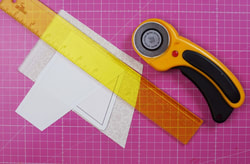 > Choose the fabric for section 2 the same way you did for section 1, making sure the fabric covers the whole of section 2 and aprox ¼ - ½ ” around the perimeter of section 2. > Place fabric for section 2, right sides together with fabric 1. Aligning the raw edges of the two fabrics along the fold between section1 and 2. > Now, stitch along the fold between sections 1 and 2, right on the line. The more precisely you sew, the easier it will be to align your segments! If the line that’s being sewn starts or finishes at the ¼-inch seam allowance, extend that line right through the seam allowance by sewing all the way through it! > Flip open fabric 2 so the right sides of the fabrics are showing and press with a hot iron (no steam, as this can distort your fabric and paper ). Now you choose the fabric for section 3 the same way you did for the other two. Folding now the pattern at the line between section 2 and 3 and so on. You then sew each section the same way. Adding the fabrics in numerical order, as they appear on each segment. > When you're done sewing the segments, cut excess fabric along the dotted line. > Place the trimmed segments as they are on the numbered overview. This just makes your life so much easier when sewing the segments together. > Now sew the segments together according to the assembly instructions in the pattern. > After sewing two segments together, remove the paper only from the seam allowance and press the seams open with hot iron (no steam) as flat as possible. (This is where the tailors clapper comes in very handy , see blog post about clapper here. ) This helps reduce bulk, especially when there are several layers of fabric. It also helps keep your overall size accurate. before tailors clapper after tailors clapper > After piecing all the segments, remove the remaining paper and use the iron to press your finished block. And that's it .................. ALL DONE.
You can also watch a tutorial video here. What do you think? Doable, right? You will be a paper piecing STAR in no time.
How to shorten a nylon zipper ? A super short and quick way to solve this problem.
Dont we all know the situation where we want to quickly sew a gift or project, like a pouch or bag, and we do have all the fabrics and supplies but... Oh No... the zipper is too long. Don't despair, there's an easy solution :-)
1. Start by measureing your zip and marking your needed length.
IMPORTANT: zippers are measured from the zipper top, not the zipper tape. I can not tell you how often I fogot that! The marked point is where you will be sewing your new bottom stopper.
2. I usually machine stitch over the marked point a few times. But you can also hand stich over that point a few times , that does the trick just as well.
This new stopper needs to be tight and secure to prevent the zip from running off the end. Remember it's calles a 'stopper ' for a reason .
- sewn by machine - - sewn by hand -
3. Once you have sewn your new bottom stopper you can cut the zipper.
I've cut this zipper fairly short, since I will be using it for a zipper pouch. Depending on your sewing project, you cn cut it a little longer. The process is the exact the same for an invisable zipper of course.
And here it is, a perfect 9" zipper for a cute flat bottom pouch :-)
If you want to sew this cute pouch, check out the blog post for the pouch here. Why do you need a Tailor's clapper for quilting and patchwork? Have you heard of a tailor's clapper? Have you ever wondered what it is? And most importantly have you ever wondered if you need a tailor's clapper for quilting? The short answer is YES, you absolutely do. But let me explain a few details about my favorite quilting tool first. Here are some facts about a tailor's clapper and I answer the most frequently asked questions. 1. What is the Tailor’s Clapper? It’s a piece of wood, usually hardwood (such as maple ) used by tailors (duh) to get flat, crisp seams or creases. It is usually rounded at both ends and has often grooves along the longer sides so you can hold it easily. The tailor's clapper originated in the dressmaking world and was and still is used for nice flat seams without getting shiny from ironing. Imagine a pair of pants in a delicate material, let’s say silk. Now you iron the side seams, the result will be a seam allowance that shines through and an outside seam that's shiny too. This is every dressmakers nightmare. Not so with the tailor's clapper. 2. How is the Tailor’s Clapper used? As I mentioned before, the tailor's clapper originated in dressmaking, so of course it works perfectly for pressing your clothes, but I will explain the use of this tool here for quilting. You iron your seam briefly and then place the clapper onto your seam. The heat of the iron will be absorbed slowly by the wood so the heat stays in the fabric long enough to flatten the seams nicely, while the weight of the wood presses onto the seam at the same time. 3. What kind of wood is used for a Tailor's clapper? Tailor’s clappers are made out of hardwood. The wood has to be heavy and close-grained in order to do the job perfectly. The weight matters as well as the close-grain wood. If the clapper is to light the heat will be absorbed too quickly and ultimately your seams would not be as flat as you wish. If the tailor's clapper is made out of less dense wood, it can absorb the steam or humidity that stems from ironing which will result in breaking the tool. This is the reason why Maple is one of the most popular woods for a tailor's clapper. 4. Why you need the Tailor’s clapper for quilting? Geometrical forms, squares, triangles, circles etc. are the most popular forms used in patchwork and matching seams and corners are essential. Pressing is key for patchwork to get nice matching corners and seams. Most importantly pressing without steam and pressing with moderate heat or shorter pressing times. If you leave your iron too long on your fabric, in order to flatten those seams with several layers of fabric, you might discolor your fabric and ruin all of your beautiful quilting work. That's where the tailor's clapper is the perfect tool. You just leave it on your seams after you pressed briefly and let the wood do the trick. 5. Do Tailor's clappers work? You decide for yourself, have you ever seen flatter seams? I have to admit, can not live without my tailor's clapper. It is one of my absolute favorite tools. The seams are almost as flat as if it was just one layer of fabric, which makes joining quilt blocks and segments a breeze. You will find the palm tree quilt block pattern here. 6. The tailor's clapper and Foundation Paper Piecing Especially with Foundation Paper Piecing flat seams are key to precision and accuracy. You might say, why not just iron those seams? And yes you are right, but first of all you cannot iron with steam, as this may distort your paper, or dissolve the ink on your pattern and stain the fabric. And second, you can’t iron for too long, because it might discolor your fabric. But you need nice and flat seams, in order for your blocks to fit together perfectly. This is why the tailor’s clapper is the most perfect tool. As I mentioned before, you iron your seams quickly and then place the clapper on top. That way the heat of the iron is ‘trapped’ under the clapper long enough to nicely flatten your perfect seams. Tipp for joining segments: Sew two segments together acording to the pattern. Remove the paper ONLY from the seam allowance and press with a hot dry iron quickly, then leave your clapper on the seam for a few minutes till the fabric cools off. I actually use that time to sew the next segment :-) You will get the nicest and flattest seams ever. 7. What's the average size of a Tailor's clapper? The most common size for a tailor's clapper is about 2"-3" wide and about 8"-12" long. This will work perfectly for most quilt block sizes. Happy clapping....ahhh sewing :-) 8. Can I make my own Tailor's clapper? You absolutely can make your own, if you wanted to. Here are some good instructions to do so. But these Tailor’s clappers are also available online from many stores, form Amazon, Nancy's Notions to Etsy. Shop palm tree pattern here. Ingrid xx
Chosing fabric for your quilting projects can sometimes seem overwhelming
and will and should take some time and consideration. Not knowing where to start holds you back from doing it at all? Sounds familiar? I have been there. You enter a fabric store and the selection is so stunning and colorful, you don't even know where to start? And you love everything you see and want to buy it all? Trust me... been there , done that... But it doesn't have to be that way. Look at it like shopping for a pair of shoes, the ultimate fun right ? You get to browse the stores, try out shoes, imagine yourself in them, and finally find the perfect match. They look good, fit perfectly and aren't too expensive :-) It's the same with fabric, since you will likely invest quite some time in your sewing project... your fabric will be your foundation and it should be a great fit. 1.) First of all, there's two ways to shop for fabric one: in your favorite local fabric store or two: online. Depending on your experience your local fabric store is definitely the best choice as a beginner. You can touch the fabric and ask the store owner/ sales clerk for help as well. You can admire the colorful shelves, pull out fabric, place them next to each other. Find pre-coordinated bundles of different designers and get tons of inspiration. If you're more experienced you will also enjoy online shopping , you probably know some fabric designers and their lines, you have a pretty good sense of what you're looking for? Perfect, that makes online fabric shopping so much easier. I personally prefer fabric shopping in a fabric store. There's nothing like actually touching fabric and laying it out together to see if the choices 'feel' good together. A personal tip for either way of shopping : take your time and enjoy the process. 2.)The next step is looking at your pattern. What do you want to achieve? Something fun and colorful, or something classy ? What occasion is it for? What look do you want to create? Modern, whimsical, romantic? Who is the quilt or quilted project for? What colorways do you like? It's always good to think about this in advance, it saves you from confusion in the store or online and also from spending too much or too little because you're getting overwhelmed. Kind of like knowing whether you need boots or sandals, and whether you need them for hiking or a wedding :-) Here's an example: I colored my Chinese New Year quilt patterns in two different colorways. (btw. each one of my patterns has a coloring page for you, so you can try out different options for yourself and can see beforehand which way you want to go.) Warm colors and more traditional for Chinese New Year, or cool and crisp and more unique for the occasion.
I went for the warm and traditional version,
probably cause those are also my favorite colors of all times.
3.) The third step will be combining fabrics of the desired colorway.
This doesn't mean using all of them, certainly not, but it gives you a good look at all the different options. It also shows you which prints or solids will work fine and which ones won't work at all. This process is essentially the same in a fabric store. We all have favorite colors and/or favorite print patterns. There are solids, small scale prints, large scale prints, flowers, paisleys, stripes or the cutest little novelty prints, the choices seem and are endless. So most importantly trust your taste. Build your fabrics around a certain colorway or a focal print or both. (eg. in the photo above, the two larger scale flower prints carry all the colors of the solids and small scale prints around them) As a total beginner you can always start out with bundles of fabrics. These are pre-coordinated by designer, collection or color and make it very easy to start out with your project. Here are two finished versions of theballoon lantern pattern. As you can see, you achieve completely different results of the exact same pattern just with the fabrics. 4.) For Foundation Paper Piecing it is quite important to work with contrasts, otherwise the colors will blend in with each other too much, and the pattern and most importantly your work will not be as noticable.... something I had to learn the hard way :-) There were quite a few quilt blocks, that I started and never finished because the contrast wasn't enough and it just looked really bland.... So which ever way you start out, or coordinate your fabric, pick what you like, because you're the expert of your taste .... and have fun with it, there's hardly anything as nice as fabric shopping..... except maybe shoe shopping :-)
PS: If you want to enjoy news or coupons for pattern releases, sign up for my newsletter.
|
Author
Ingrid Alteneder Archive
March 2022
Categories
All
|
-
Shop
- New patterns
- All Patterns
- Appliqué Patterns
- Animals
- Baby
- Ballet
- Bear Cottage
- Beach/ Boats/ Nautical
- Buddha/ Mindfulness
- Chinese New Year
- Christmas
- Easter and Spring
- Fairytale
- Fall/ Autumn
- Flowers, Trees and Plants
- Food/ Drinks
- Halloween
- Oktoberfest
- Quilted items
- Stars
- Viva la Frida/ Dia de los Muertos
- Valentine's Day
- Village Patterns
- Mixed pattern
- Home
- About
- Blog
- Publications
- Etsy
- News
- Deutsch
-
Shop
- New patterns
- All Patterns
- Appliqué Patterns
- Animals
- Baby
- Ballet
- Bear Cottage
- Beach/ Boats/ Nautical
- Buddha/ Mindfulness
- Chinese New Year
- Christmas
- Easter and Spring
- Fairytale
- Fall/ Autumn
- Flowers, Trees and Plants
- Food/ Drinks
- Halloween
- Oktoberfest
- Quilted items
- Stars
- Viva la Frida/ Dia de los Muertos
- Valentine's Day
- Village Patterns
- Mixed pattern
- Home
- About
- Blog
- Publications
- Etsy
- News
- Deutsch
|
Visit us at
|
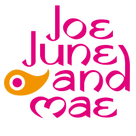
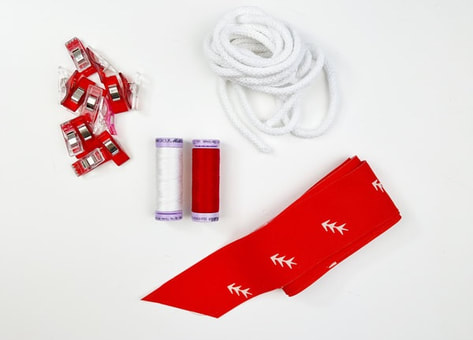
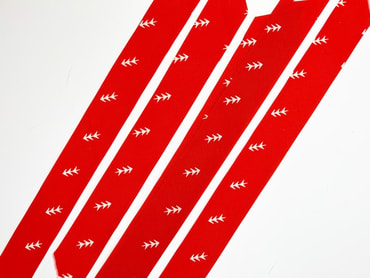
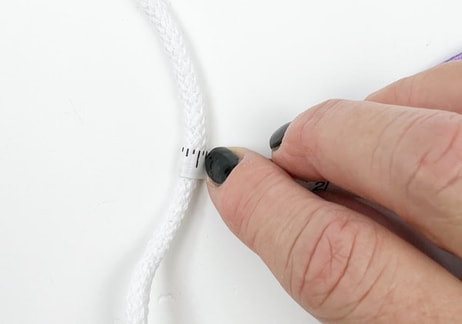
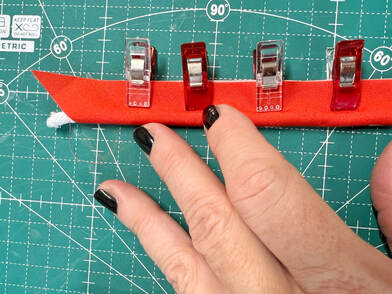
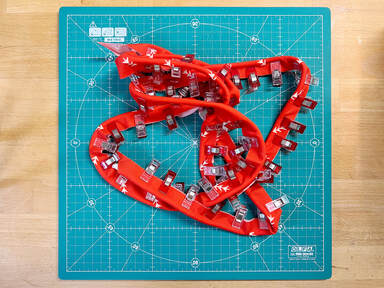
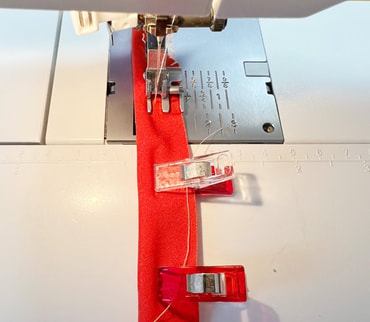
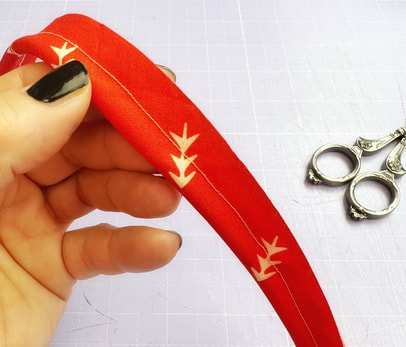
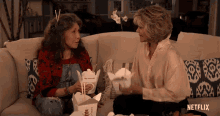
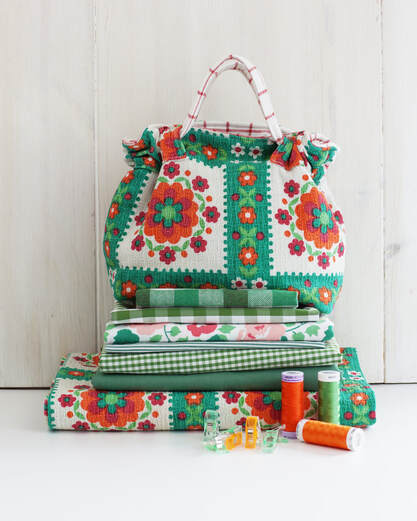
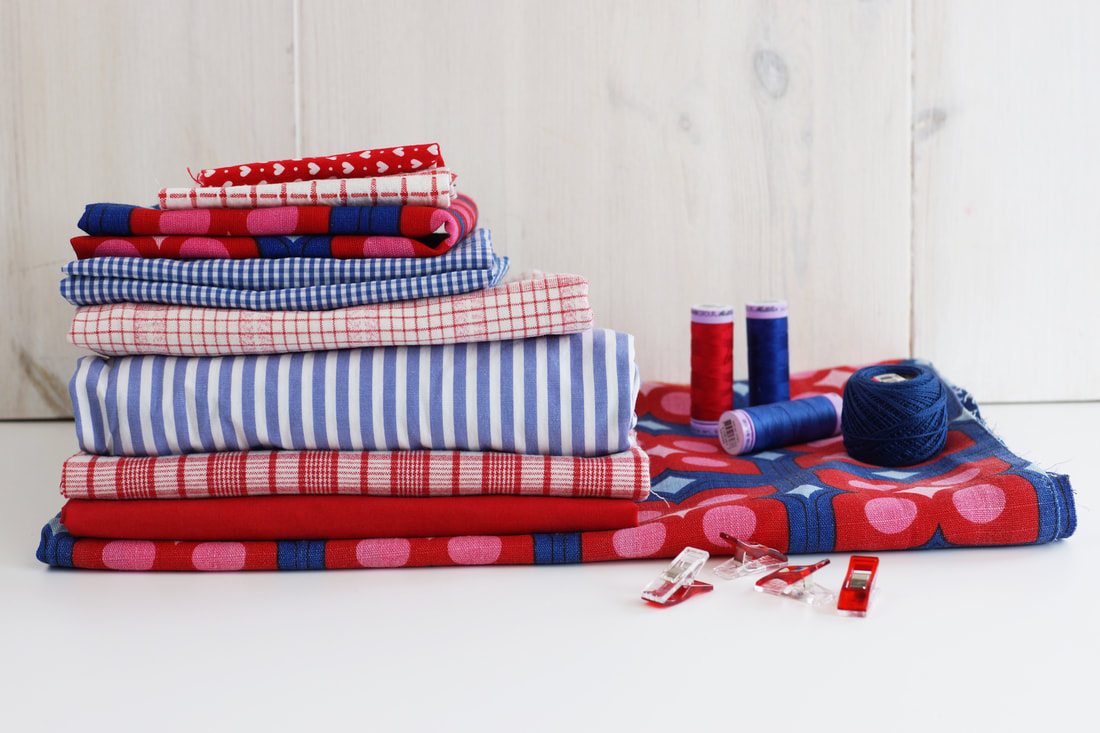
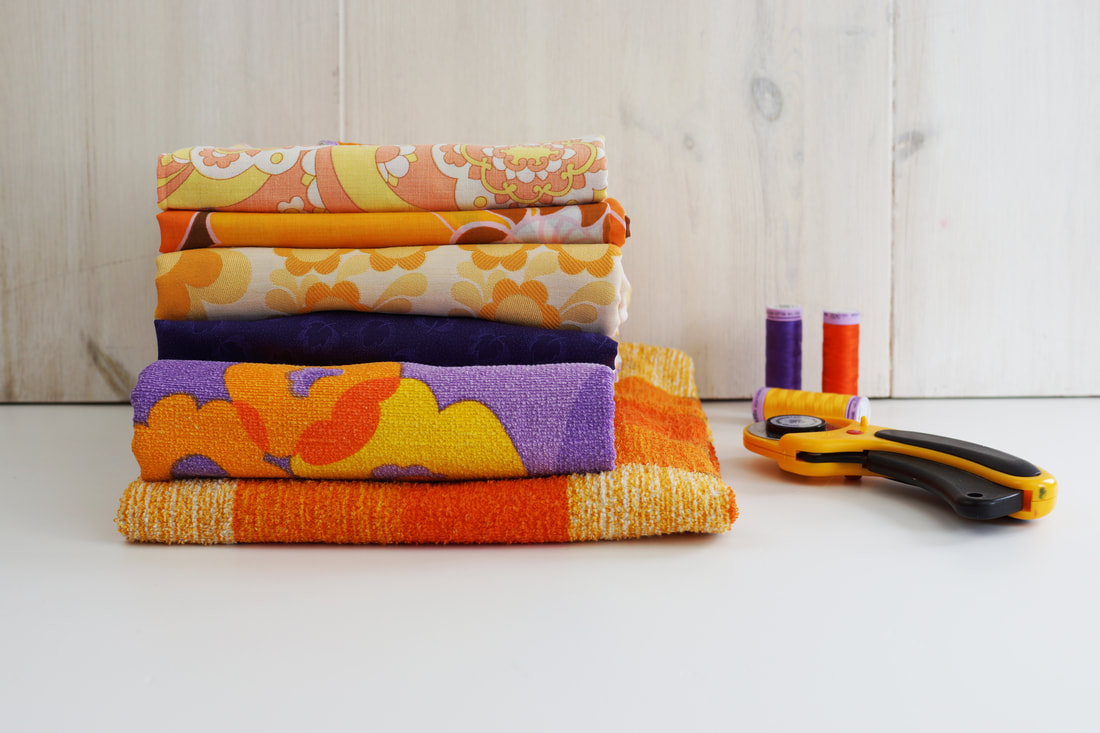
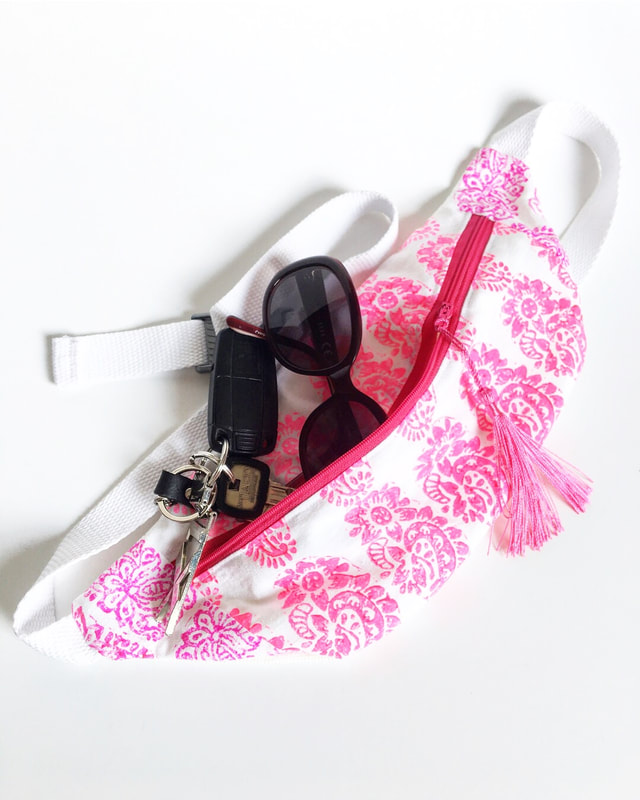
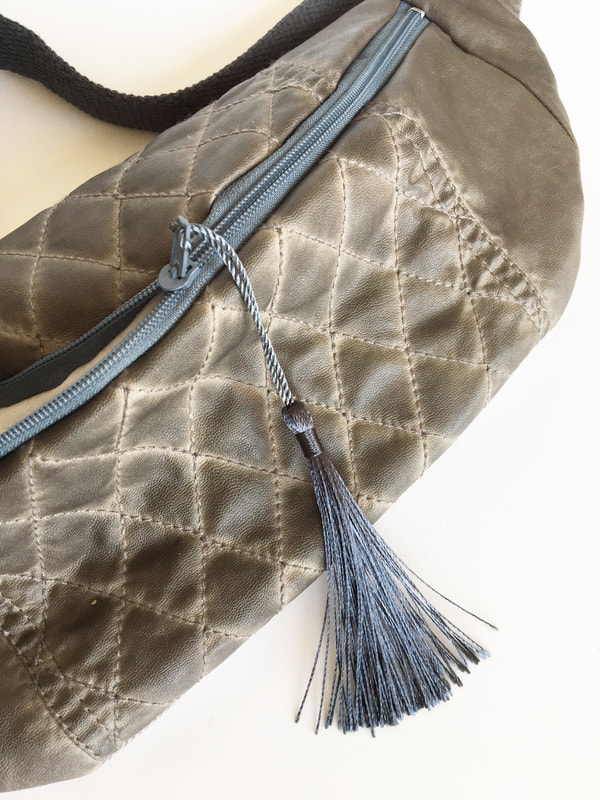
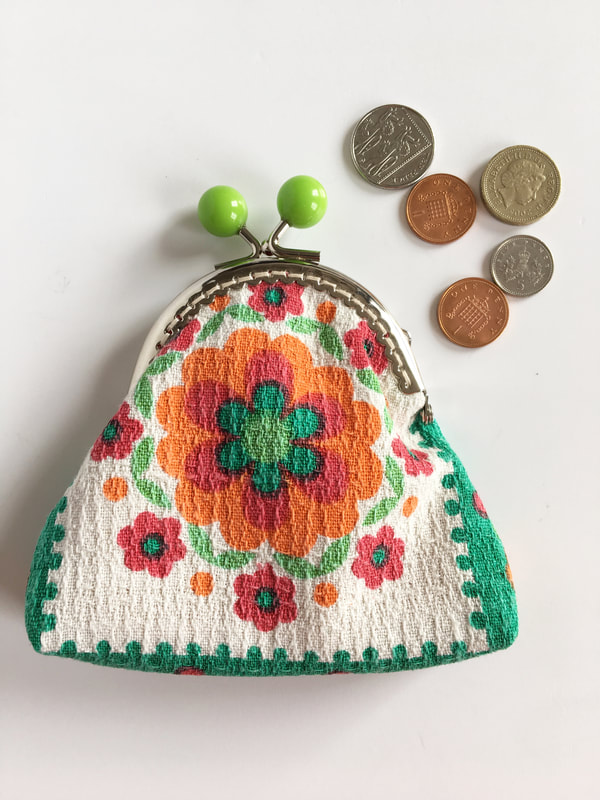
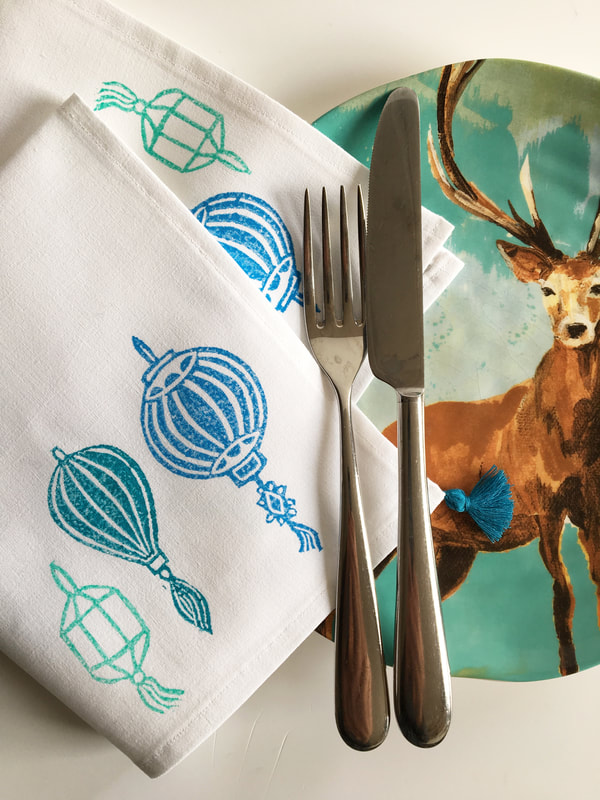
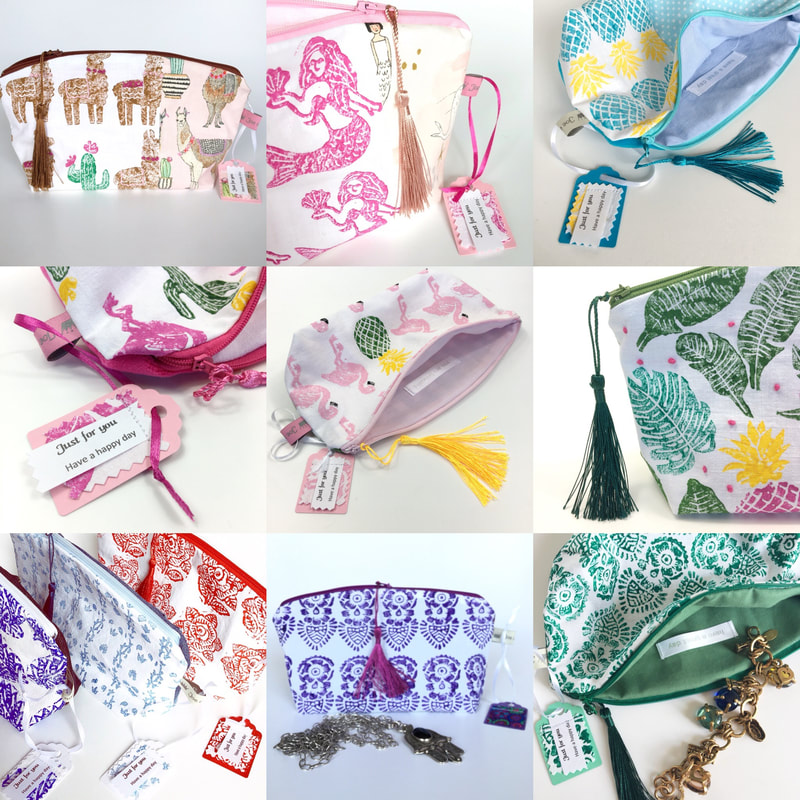
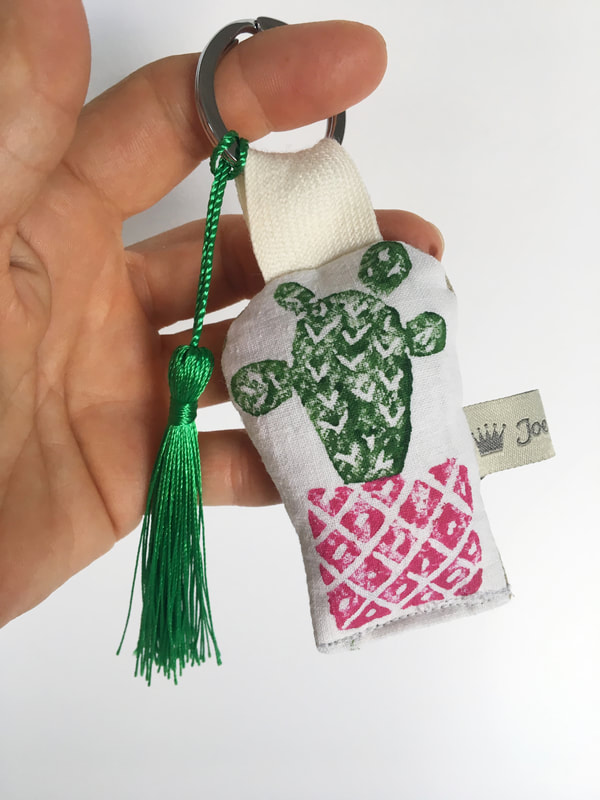
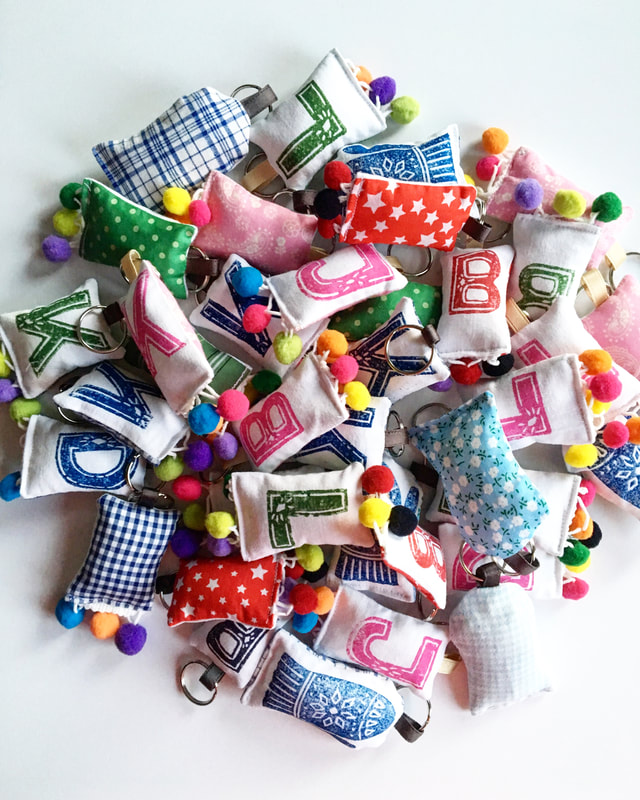

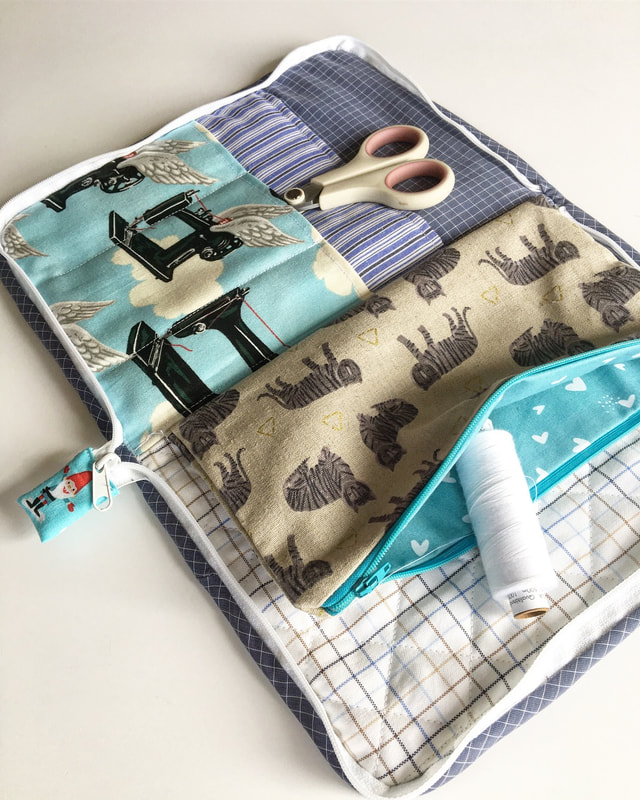
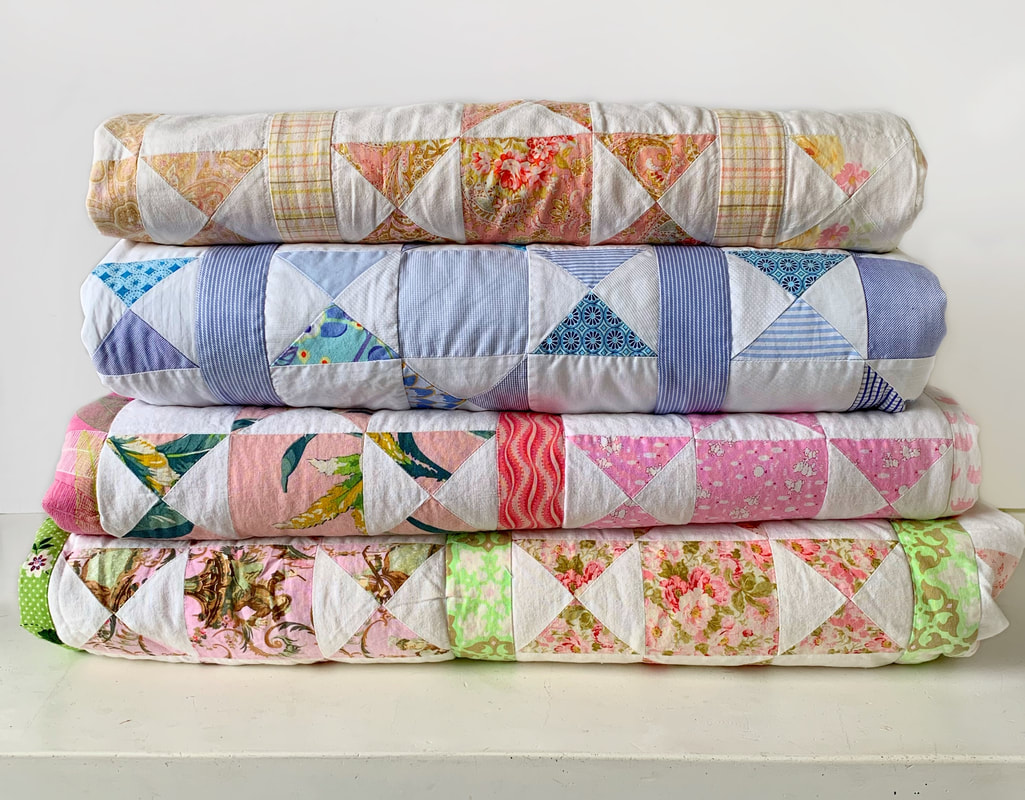
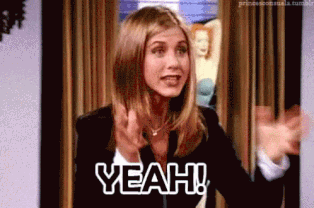
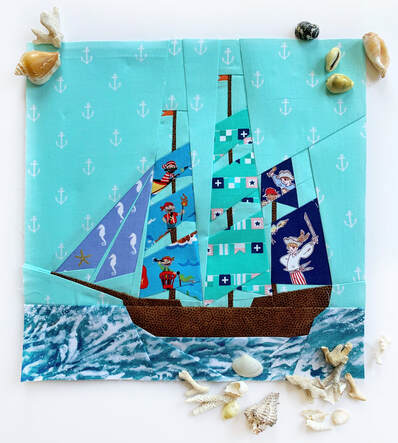
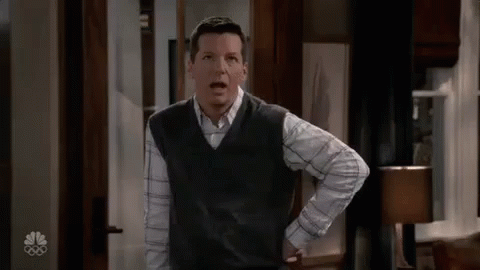
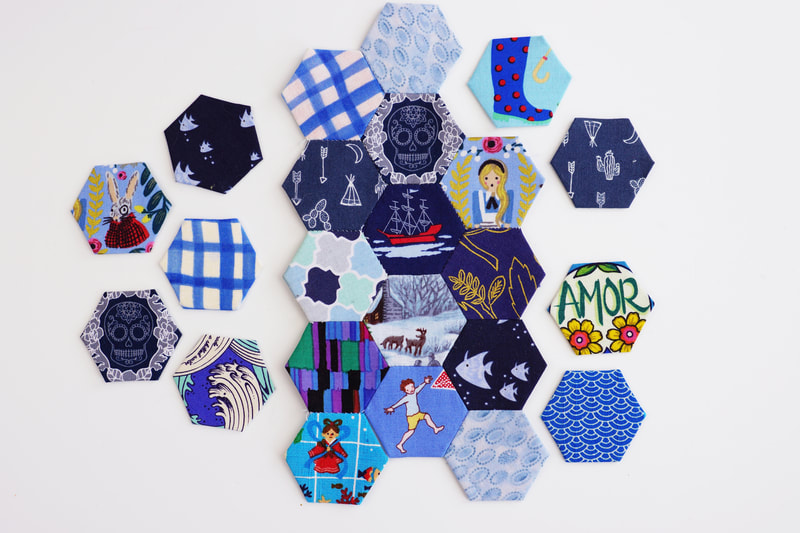
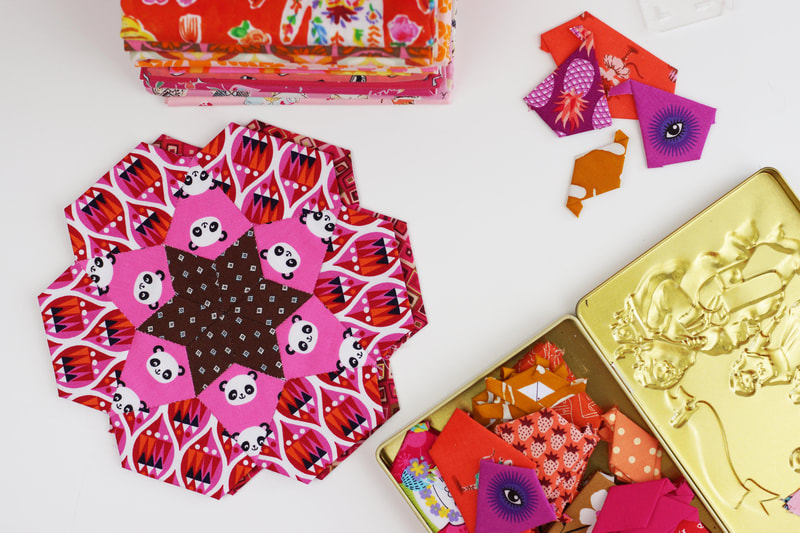
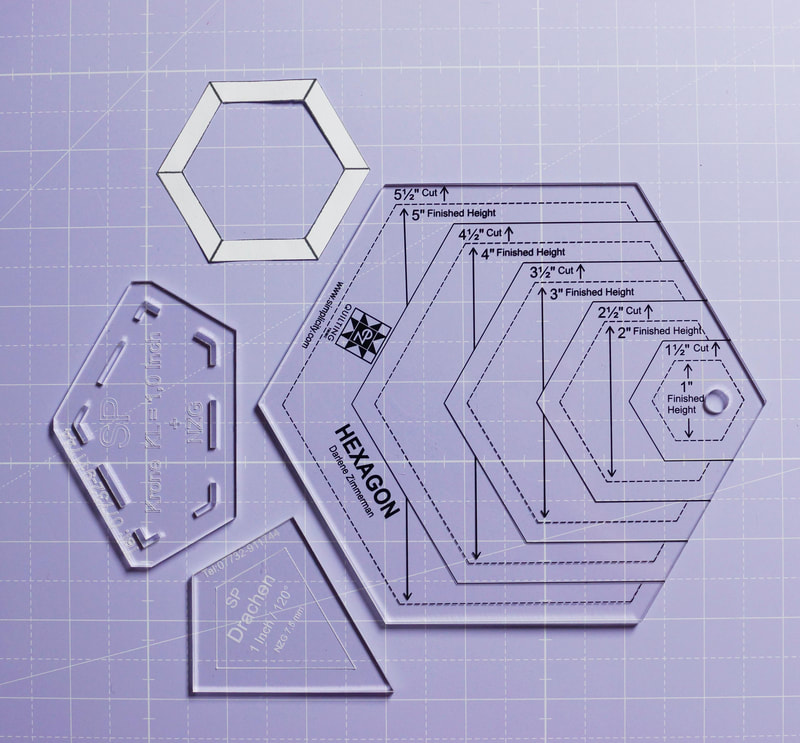
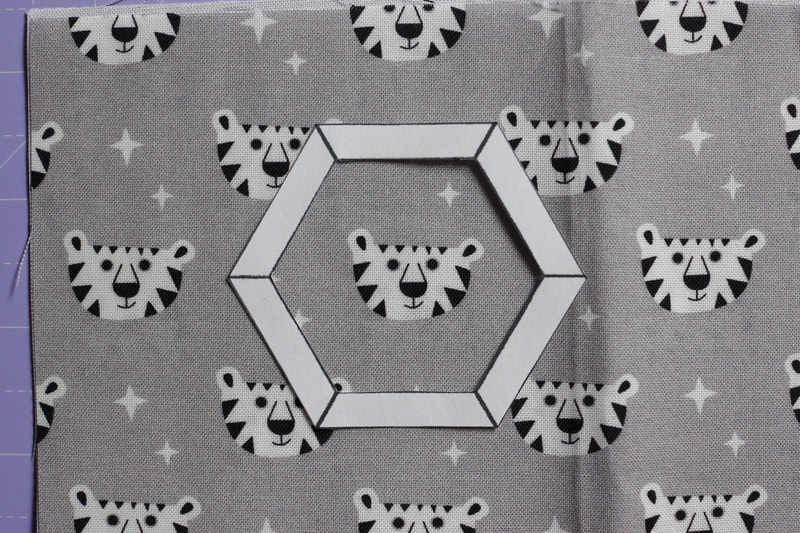
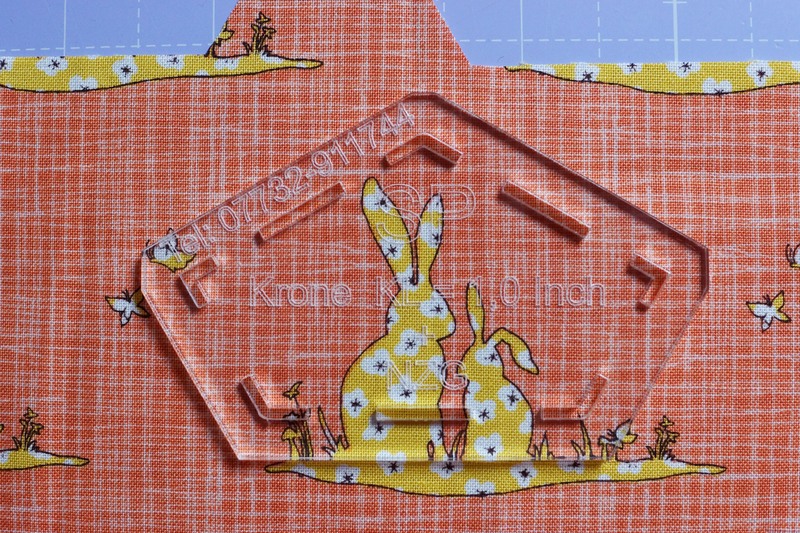
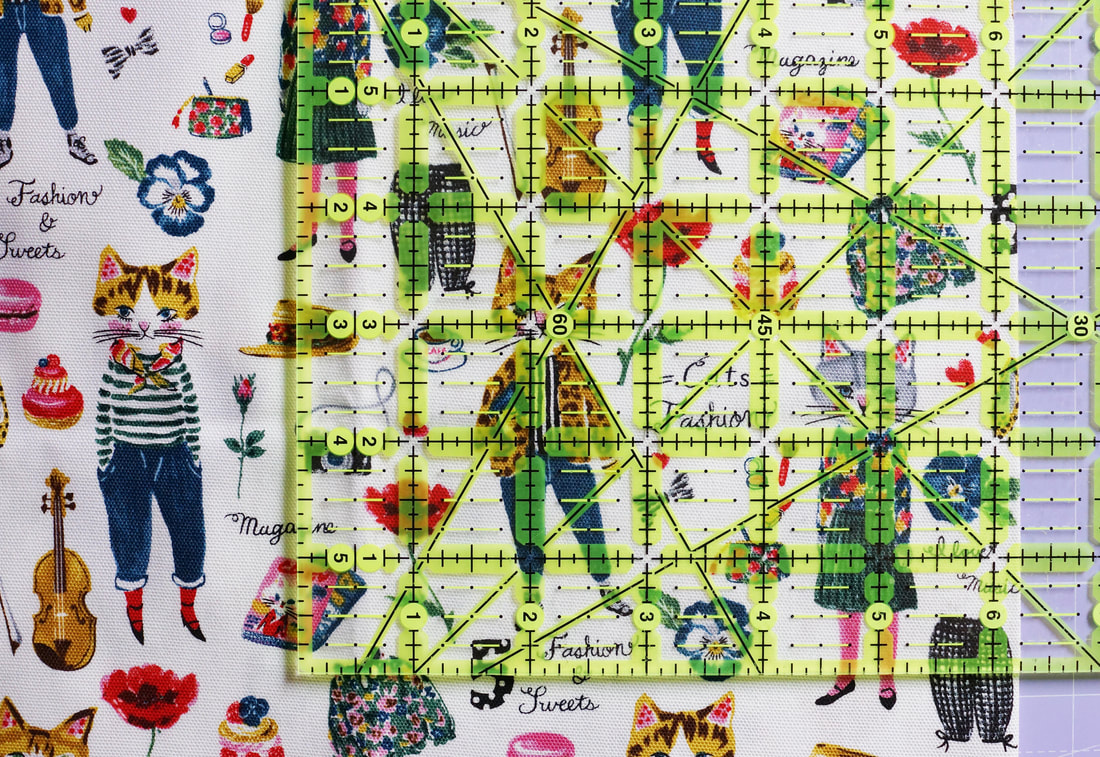
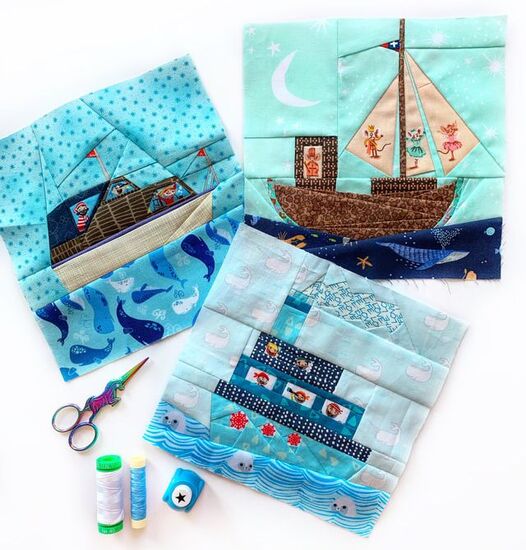
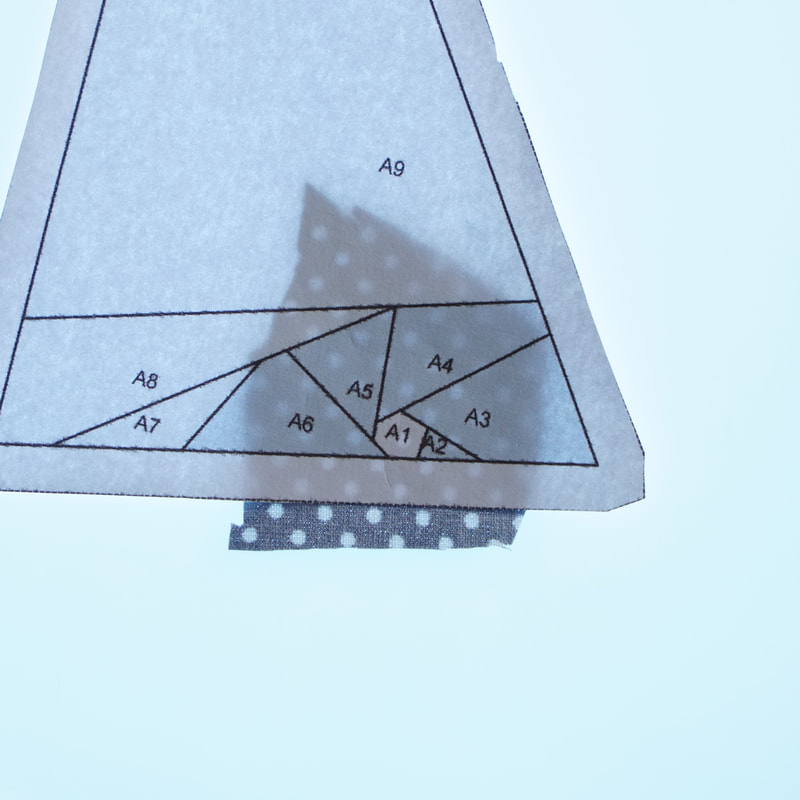
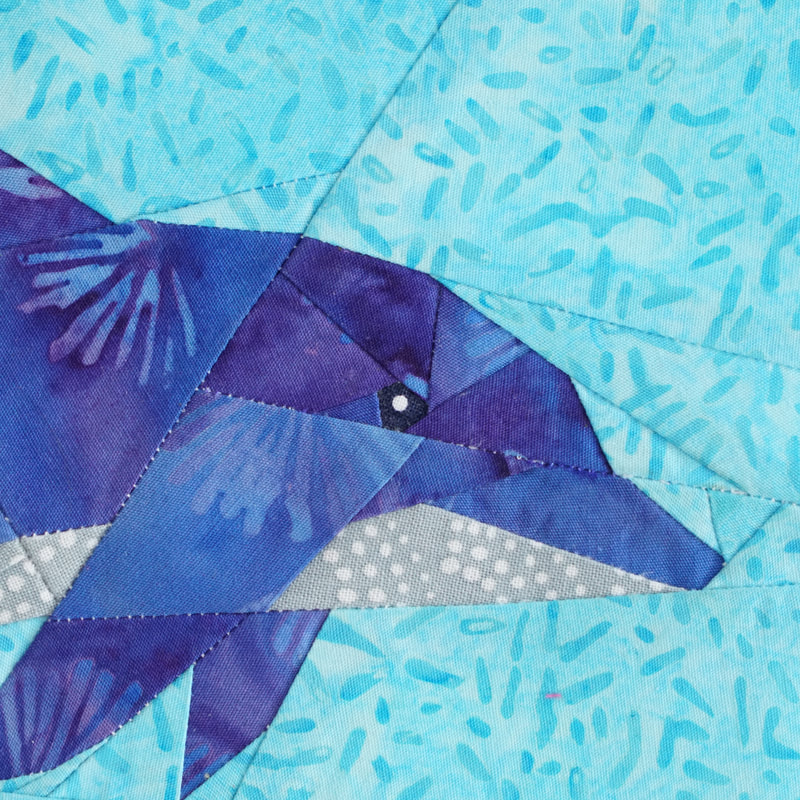
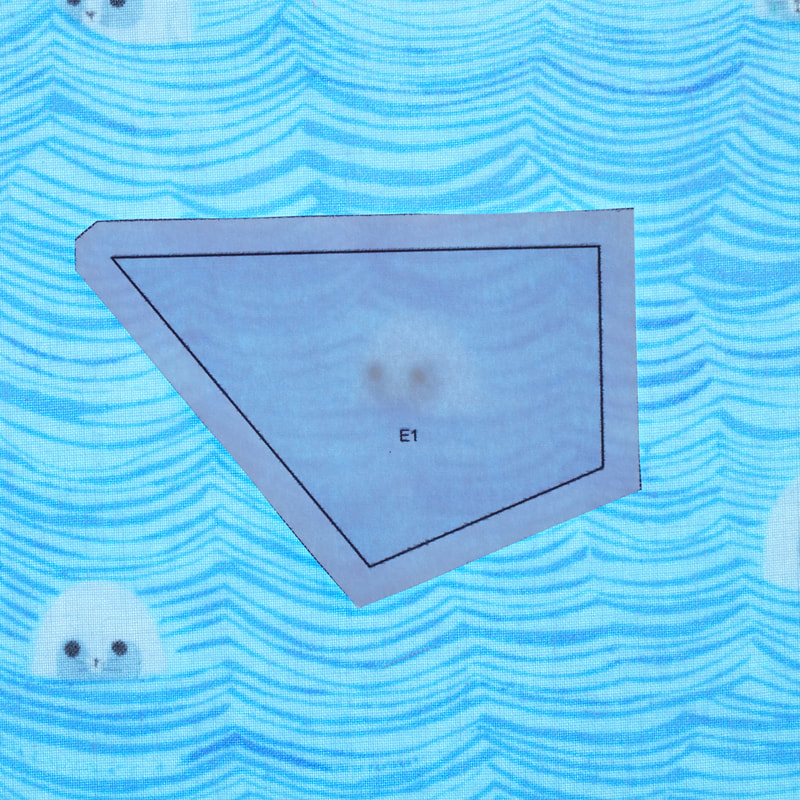
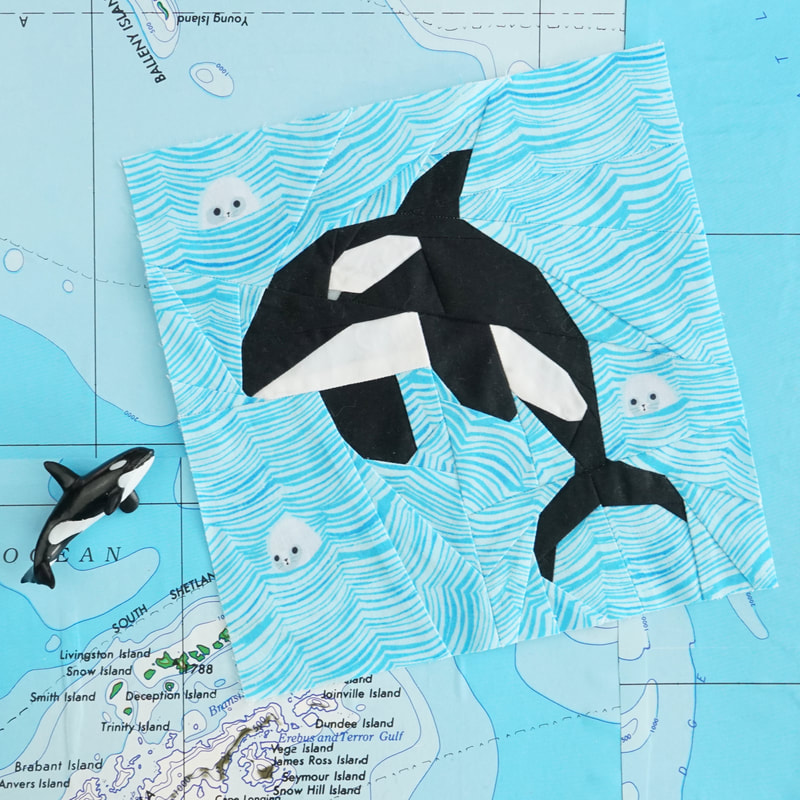
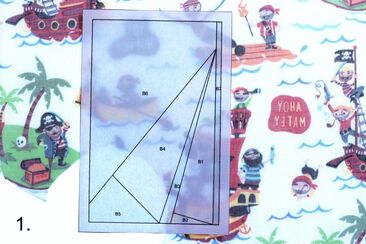
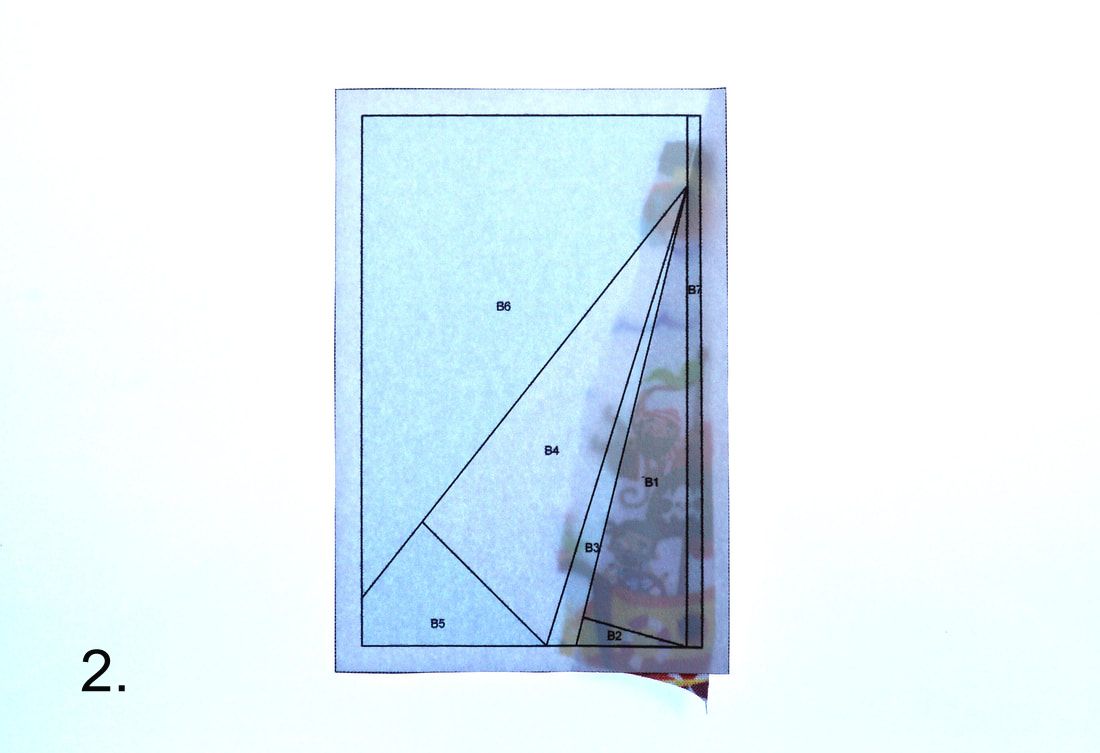
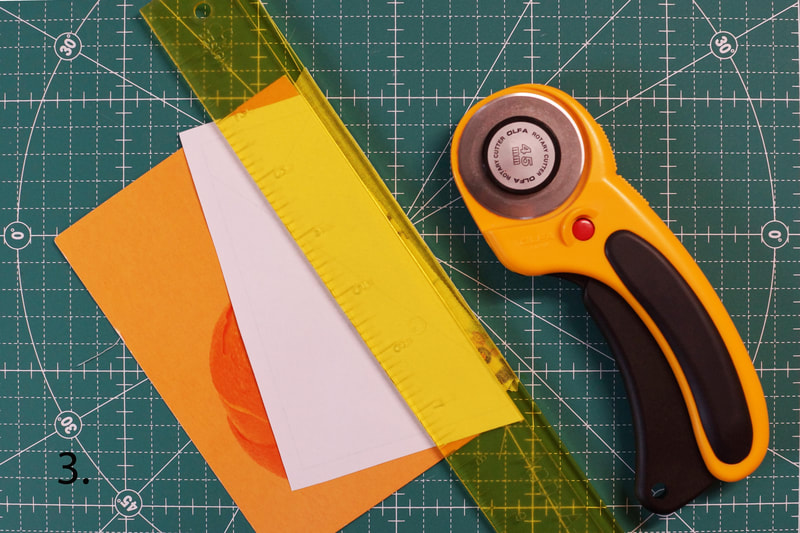
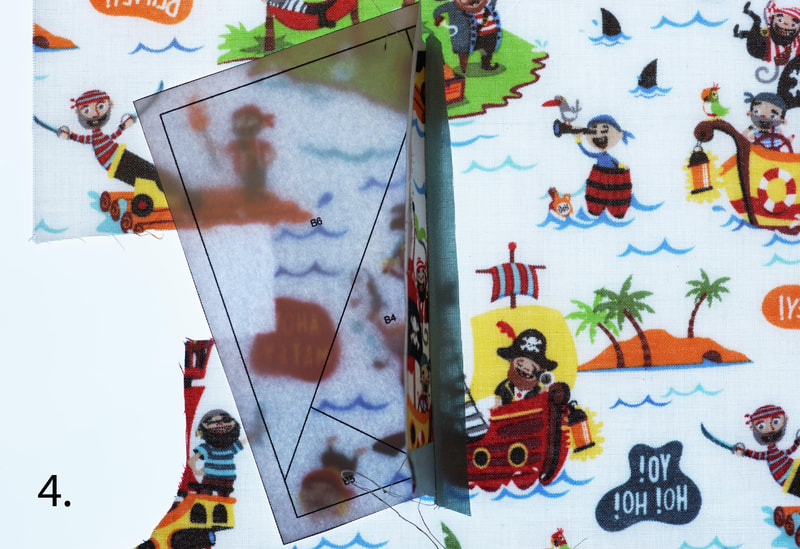
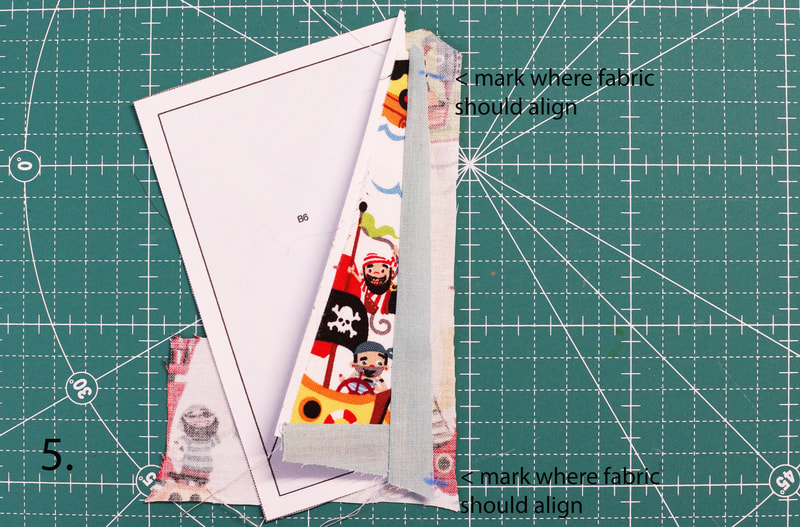
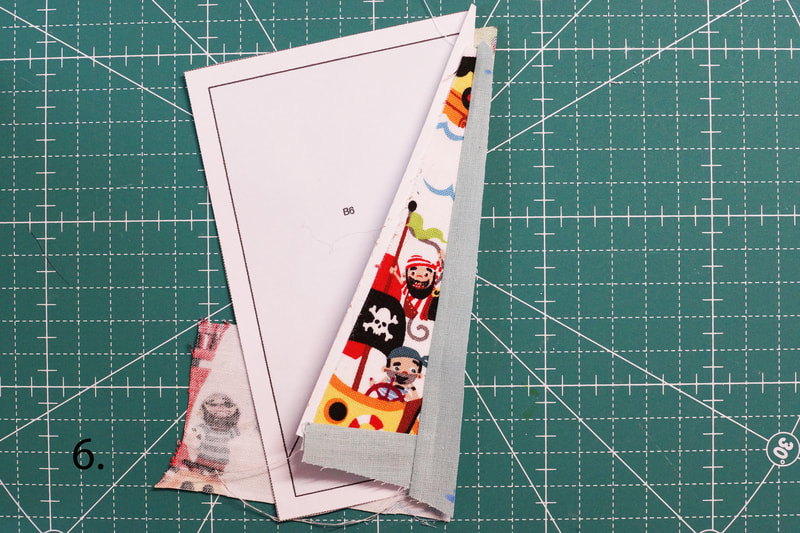
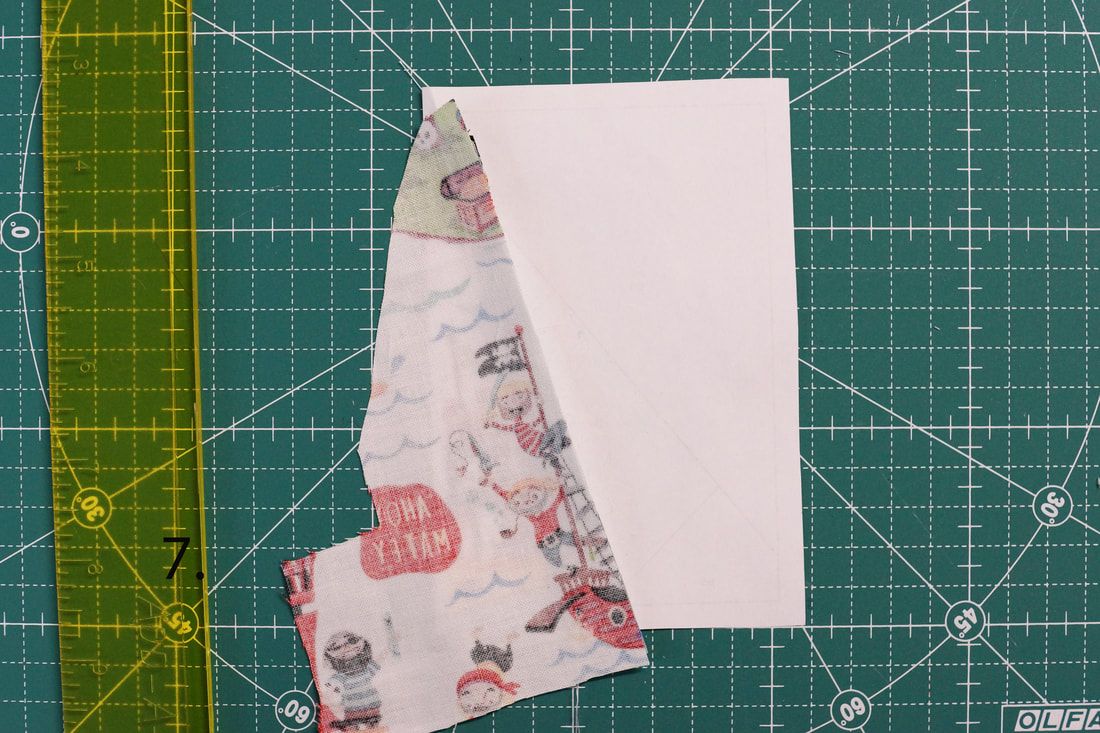
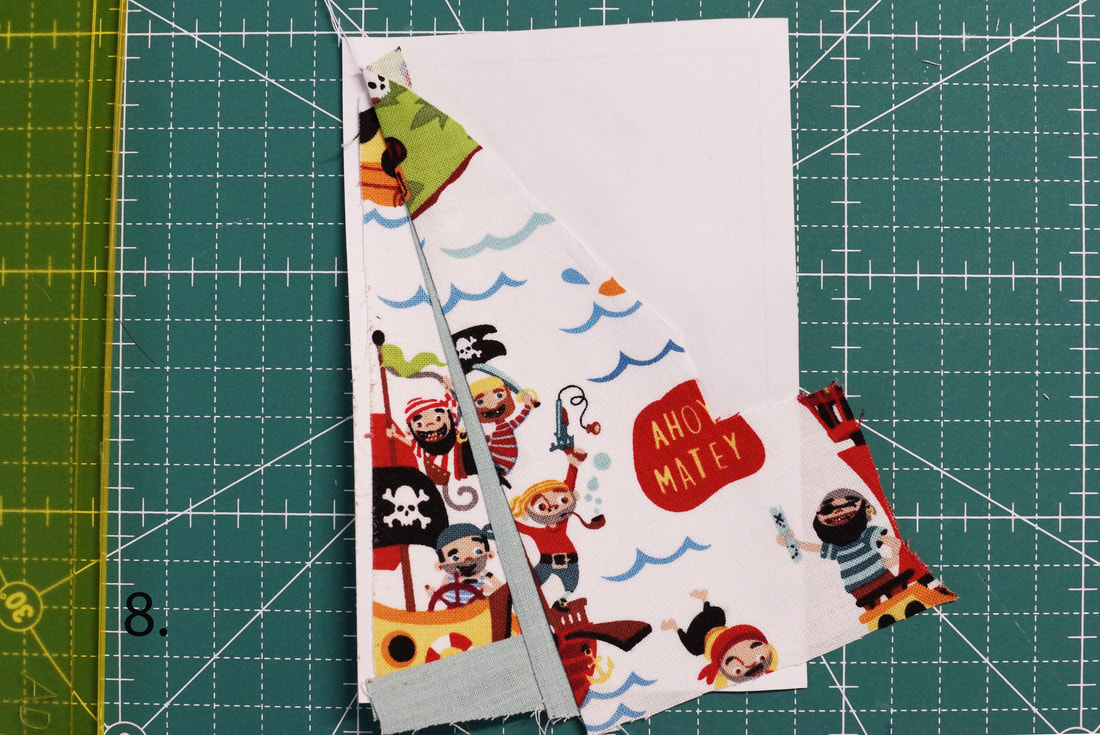
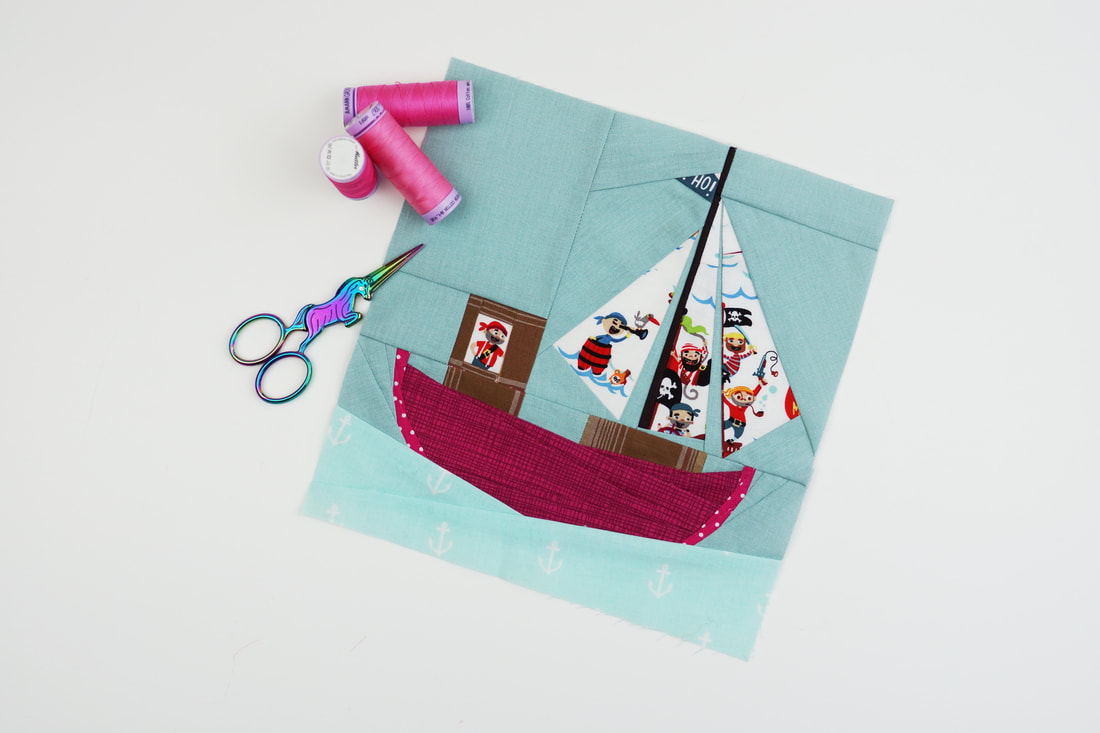
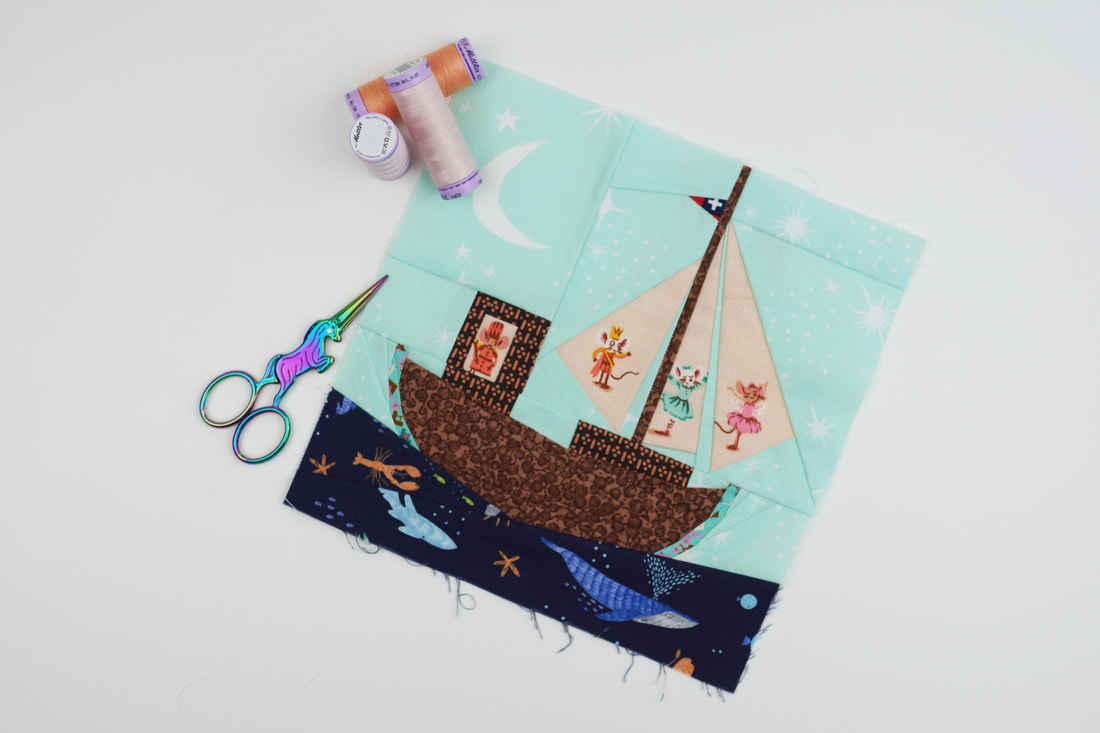
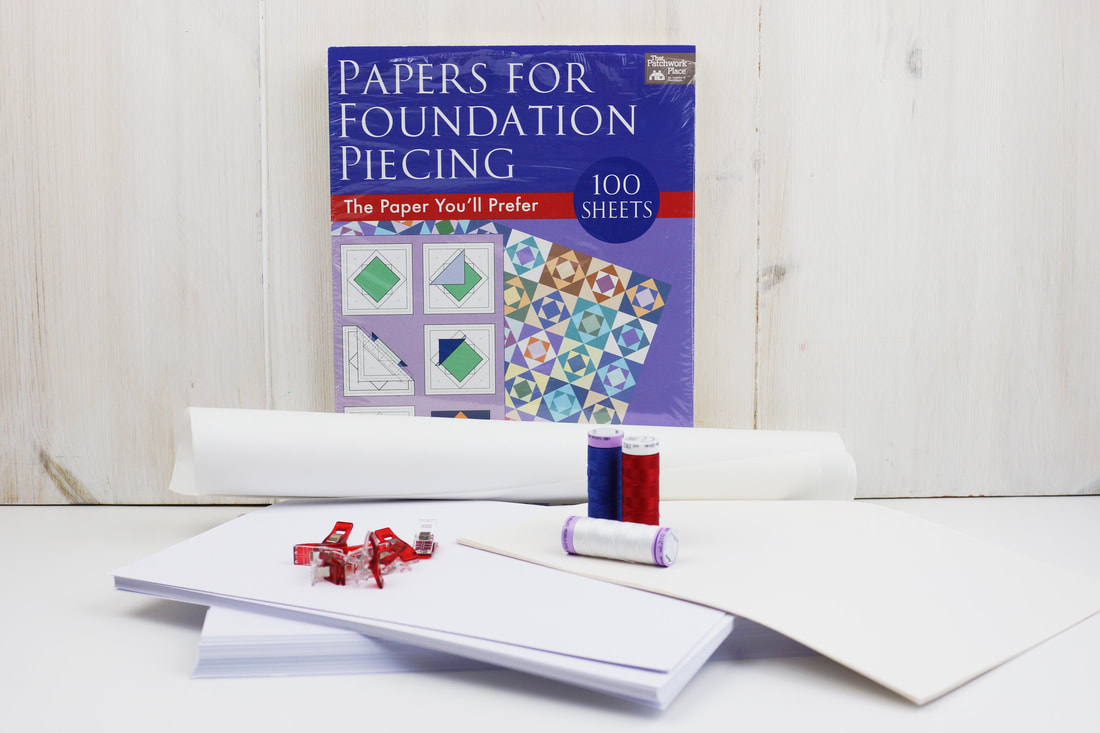
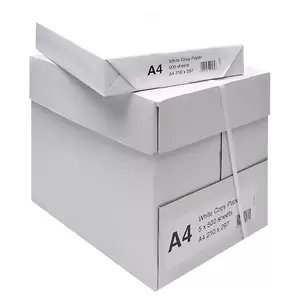
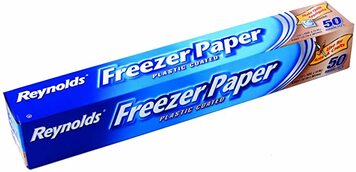
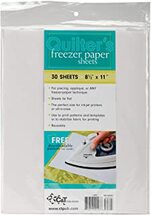
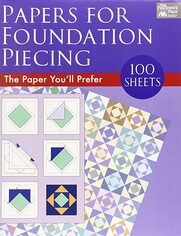
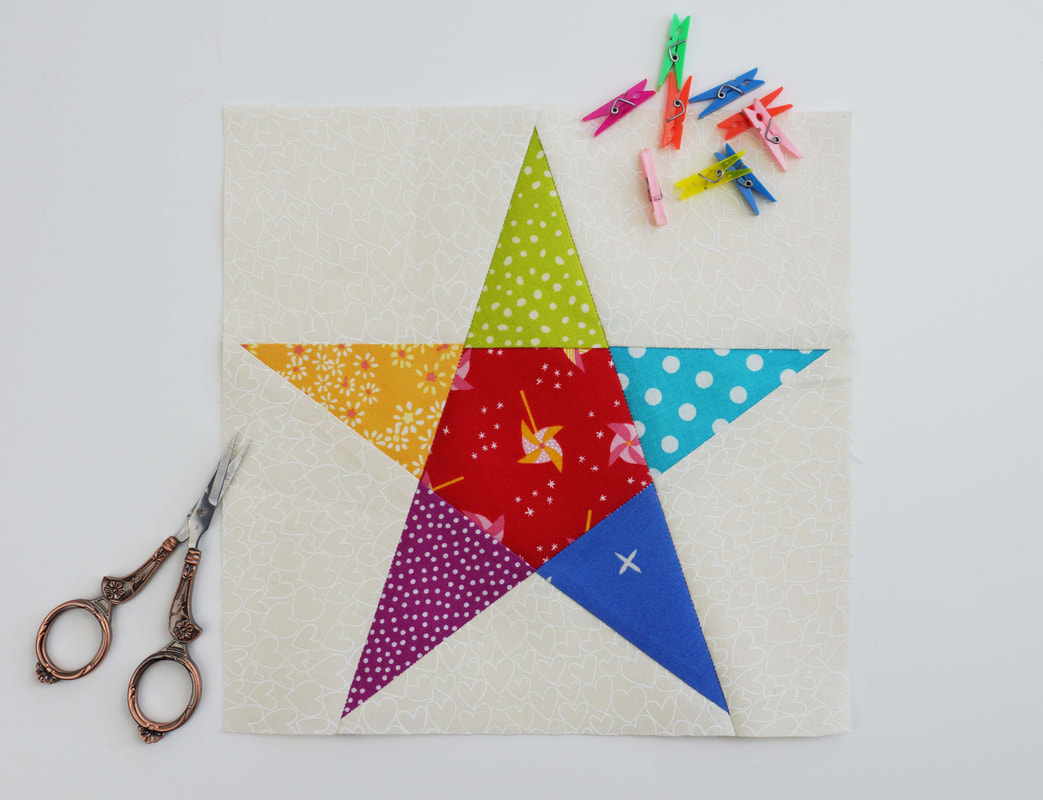
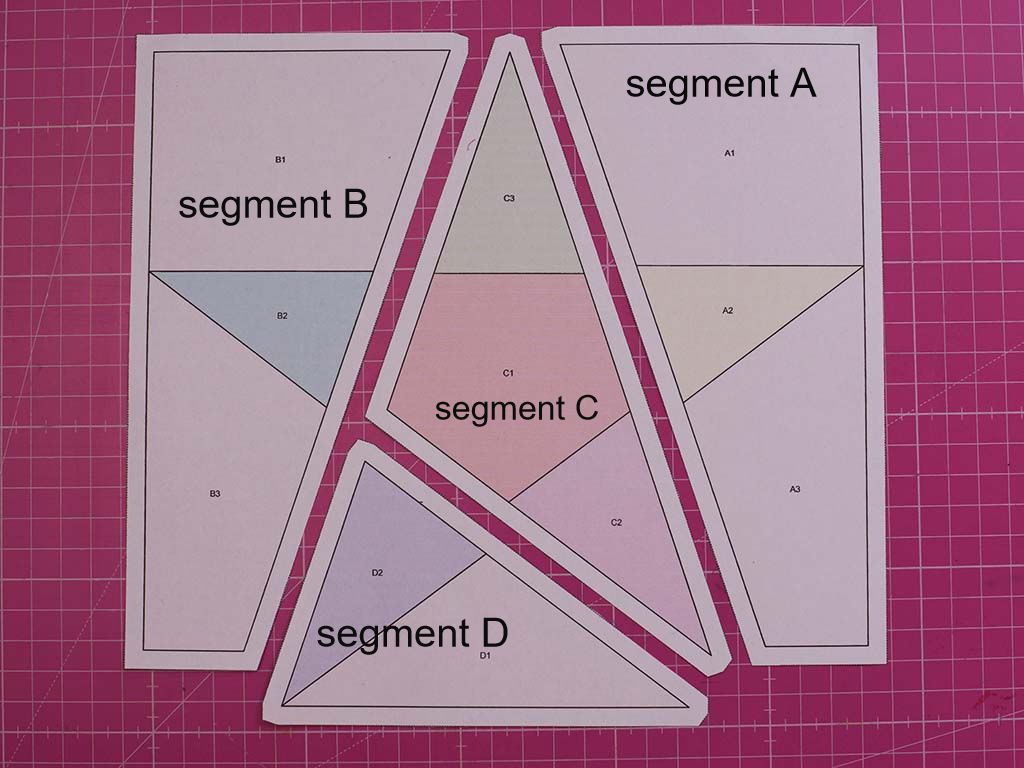
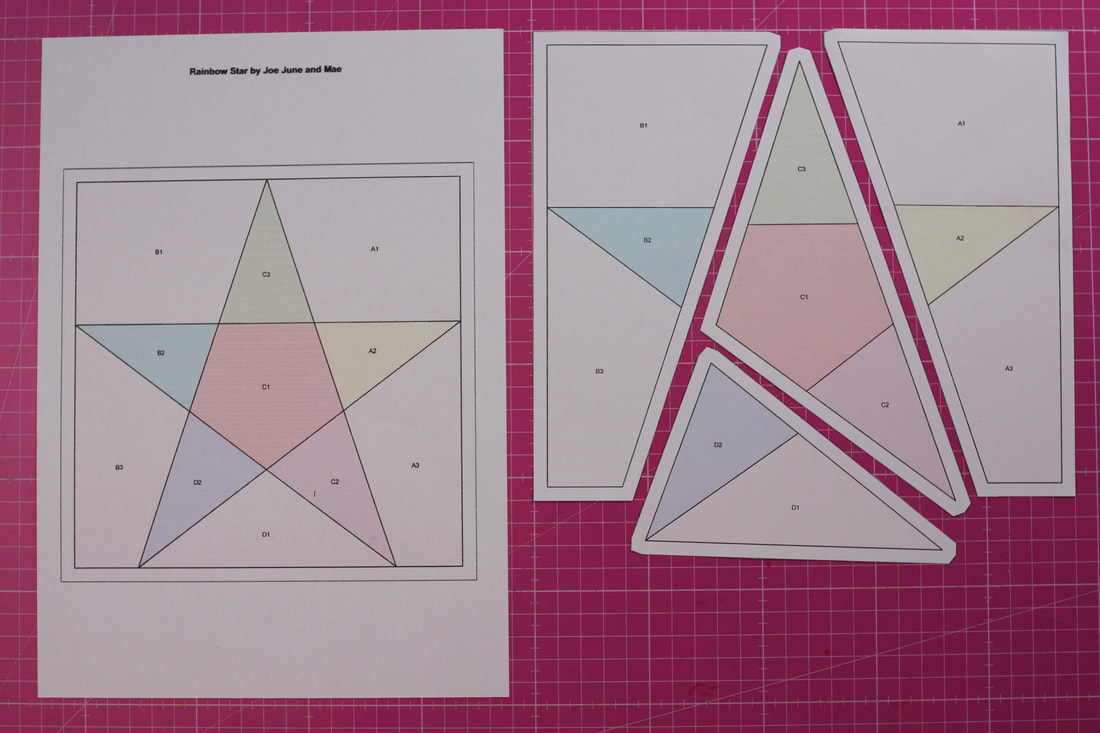
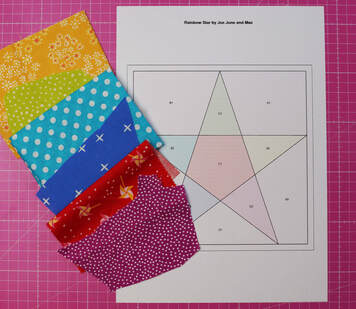

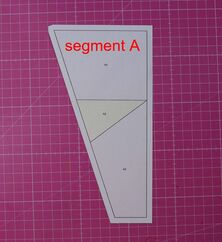
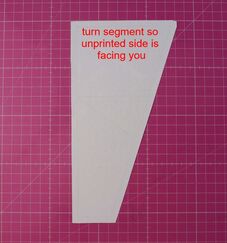
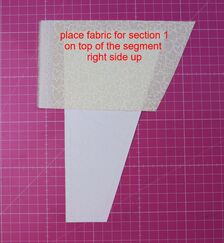

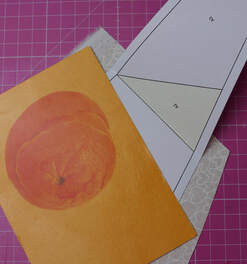
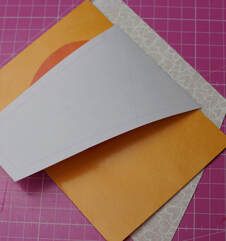
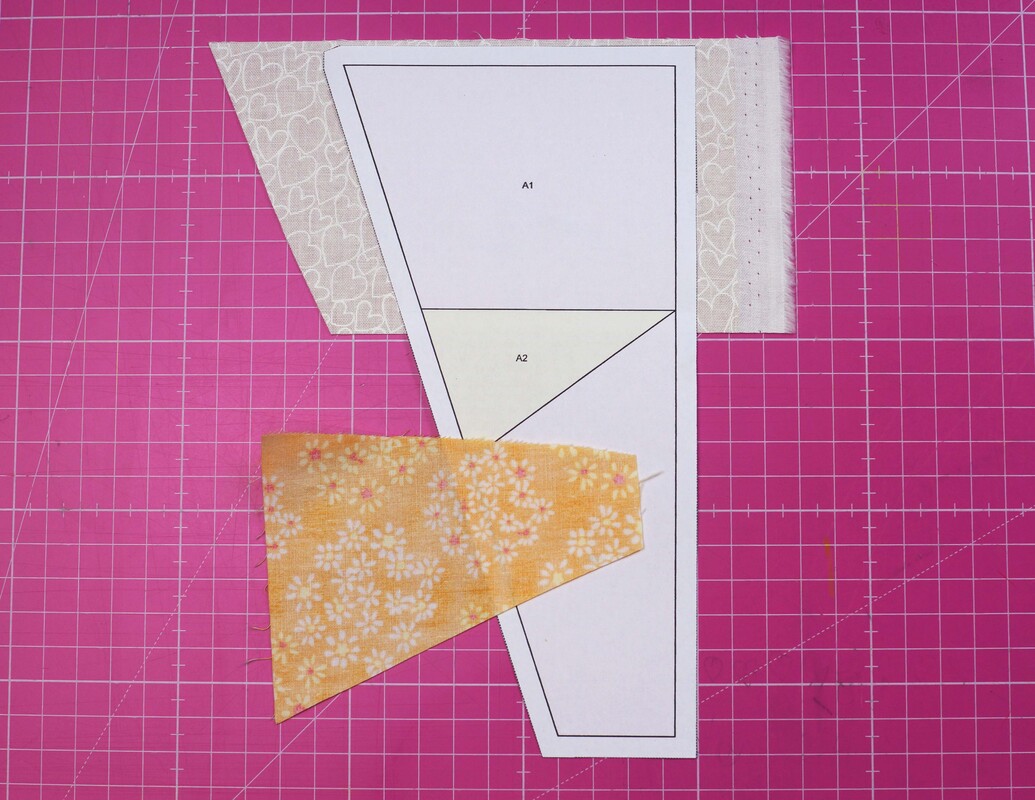
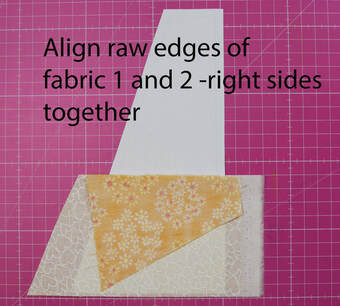
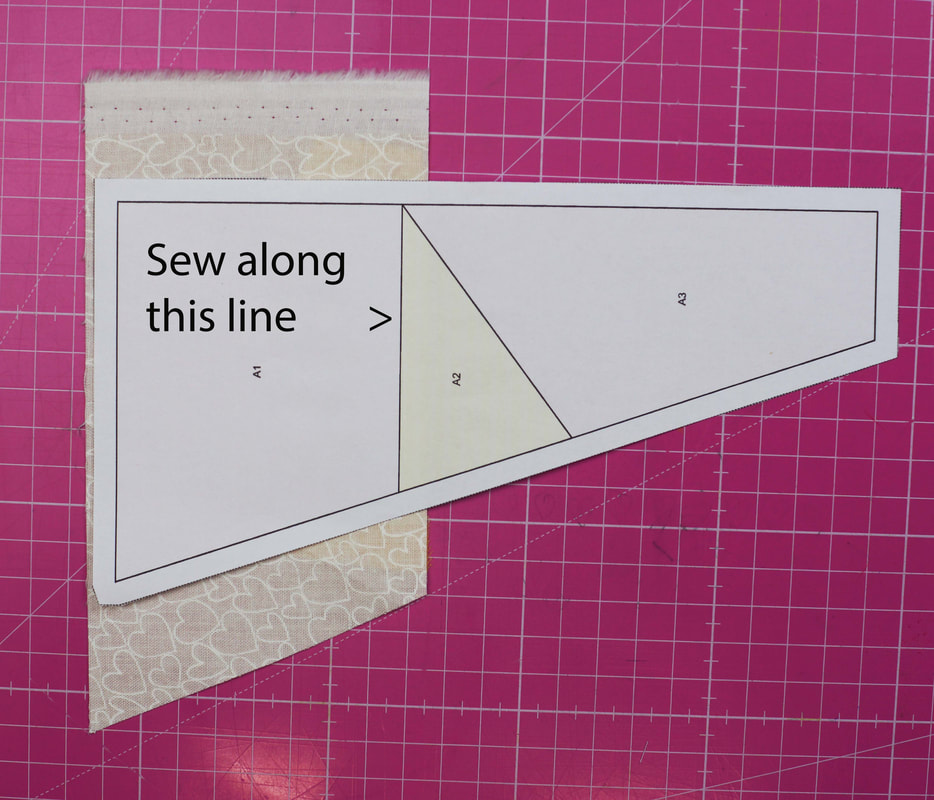
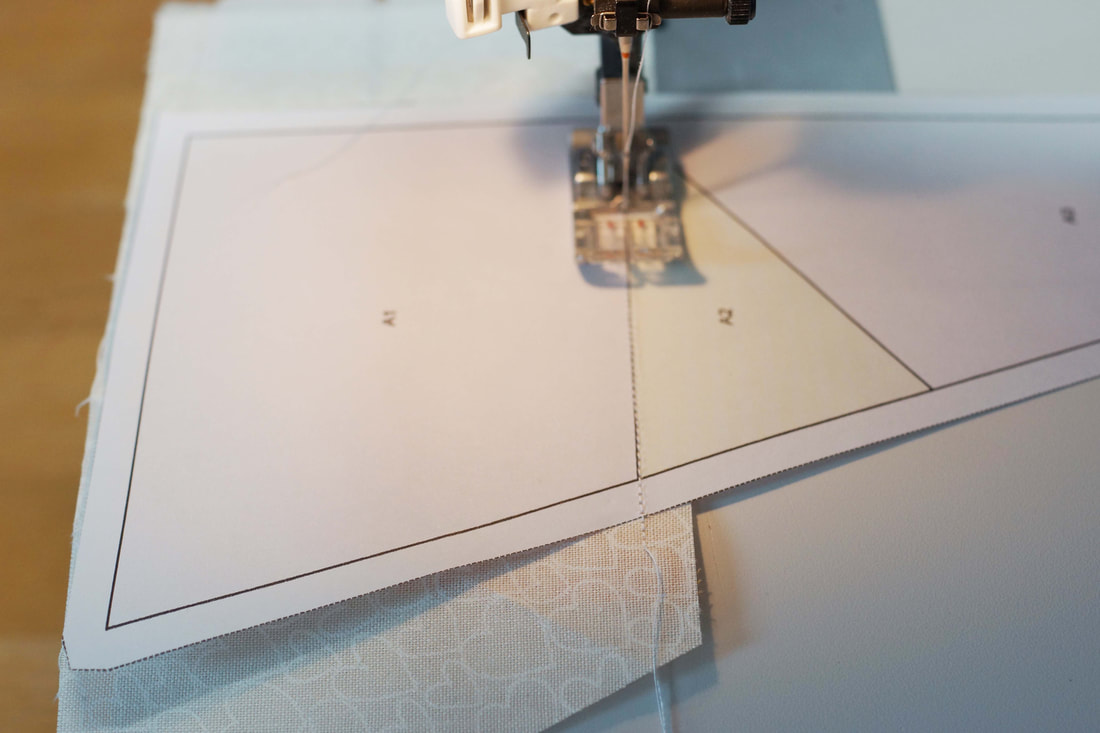
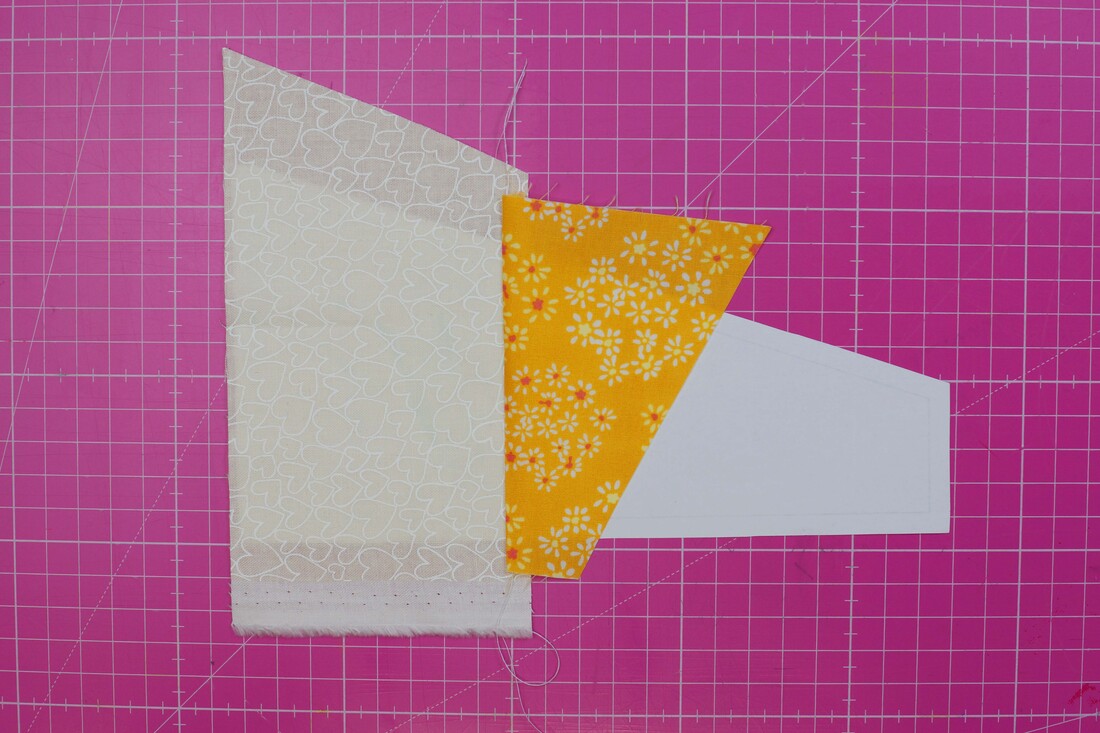
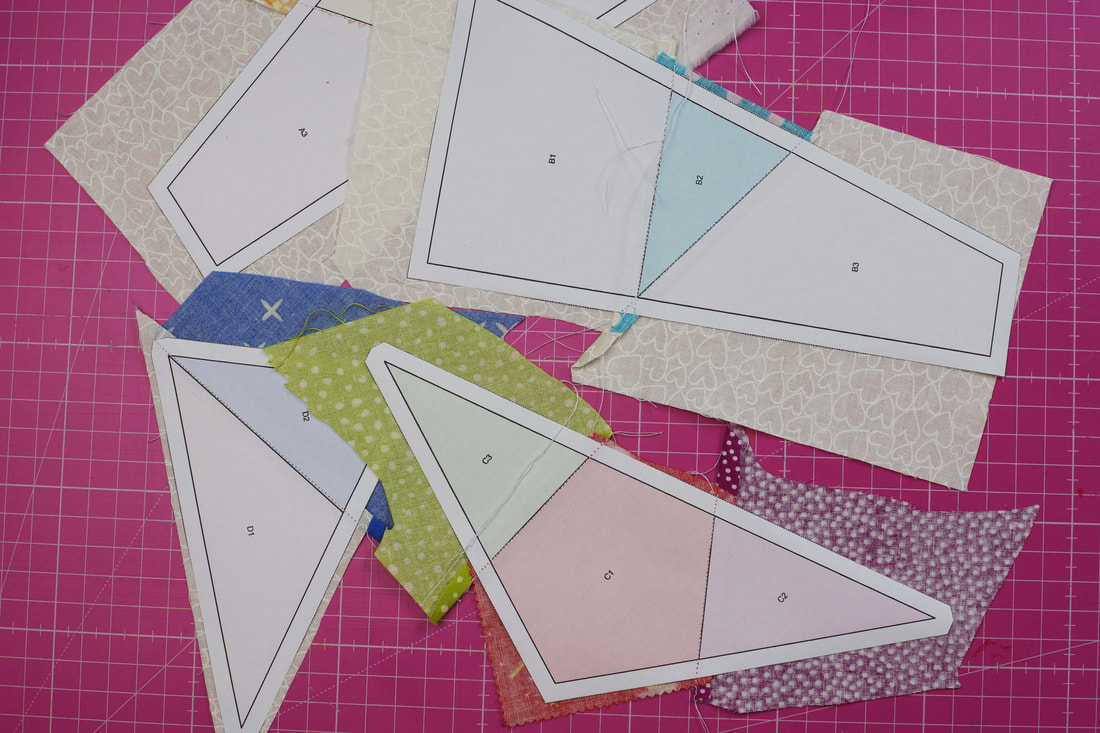
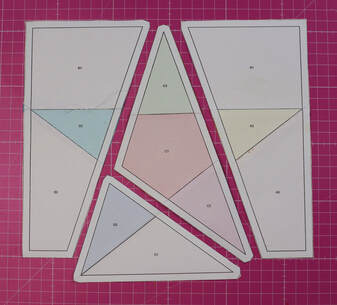
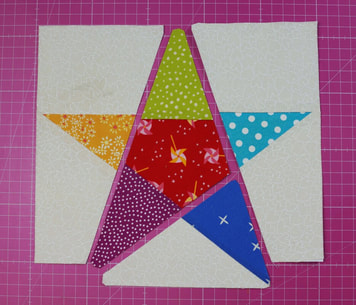
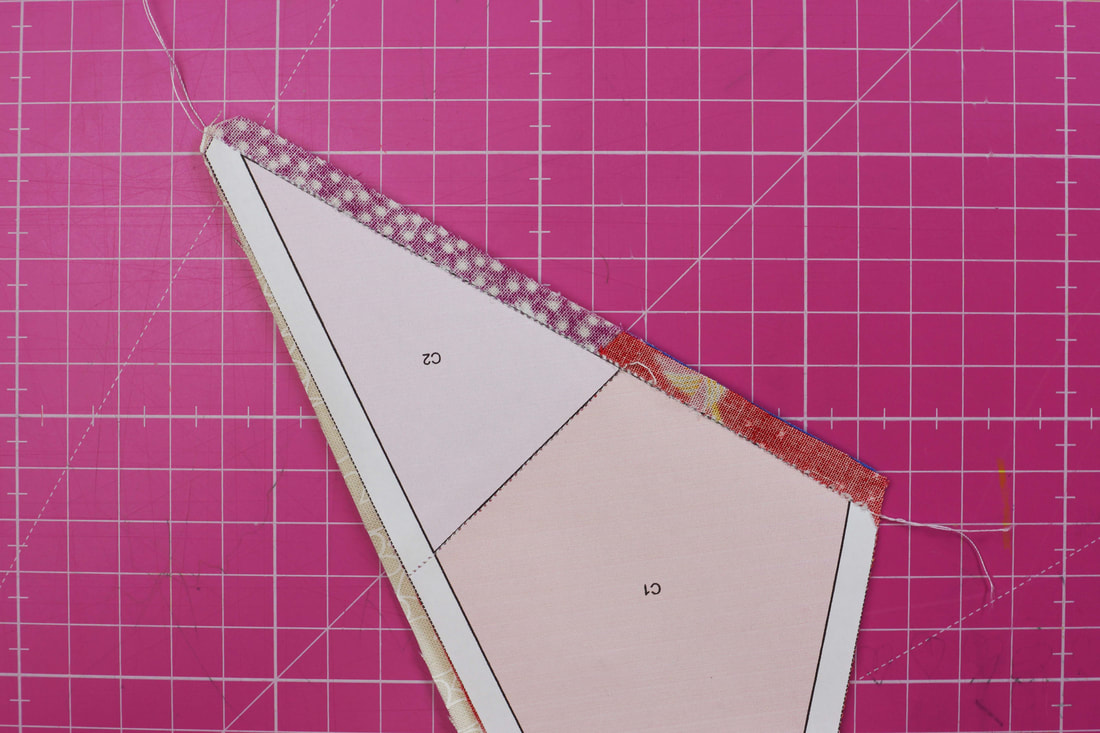
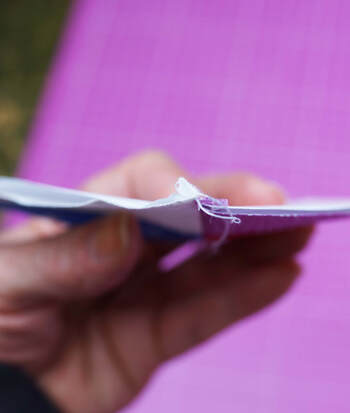
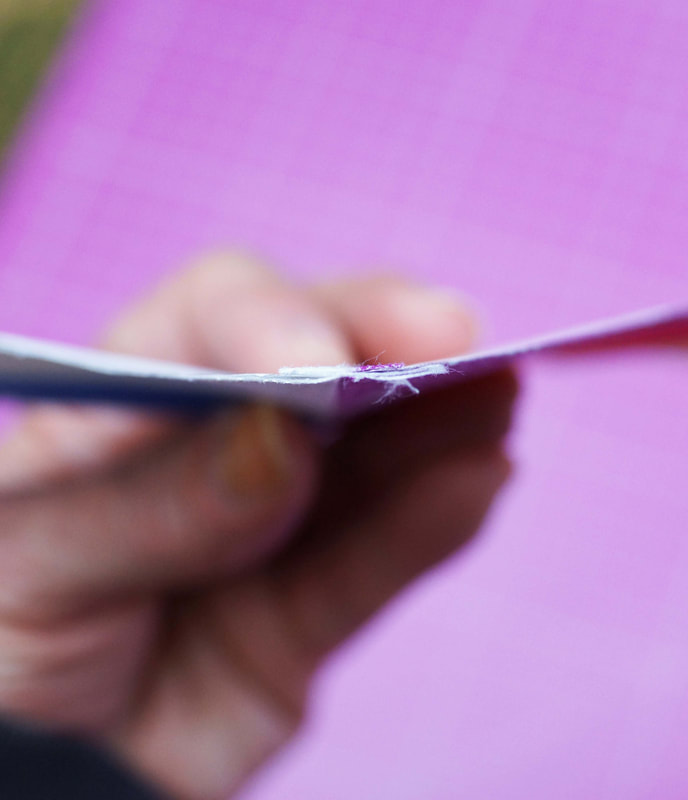
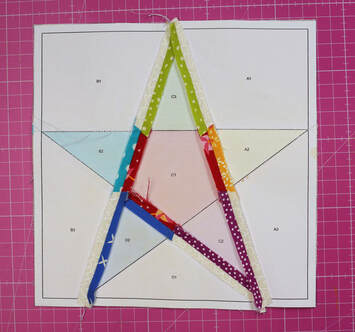
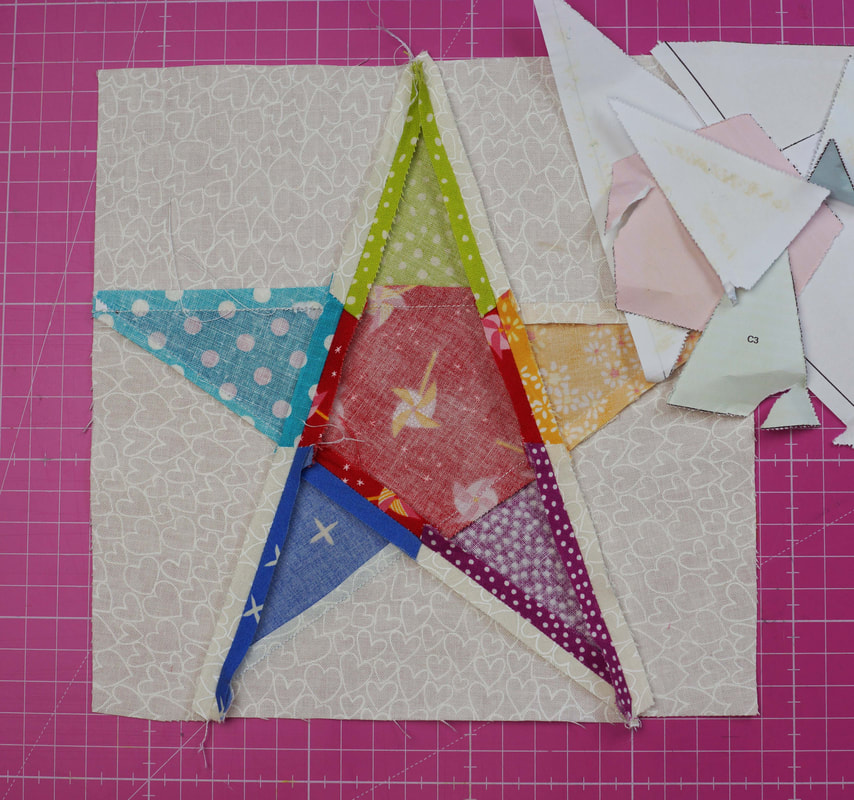
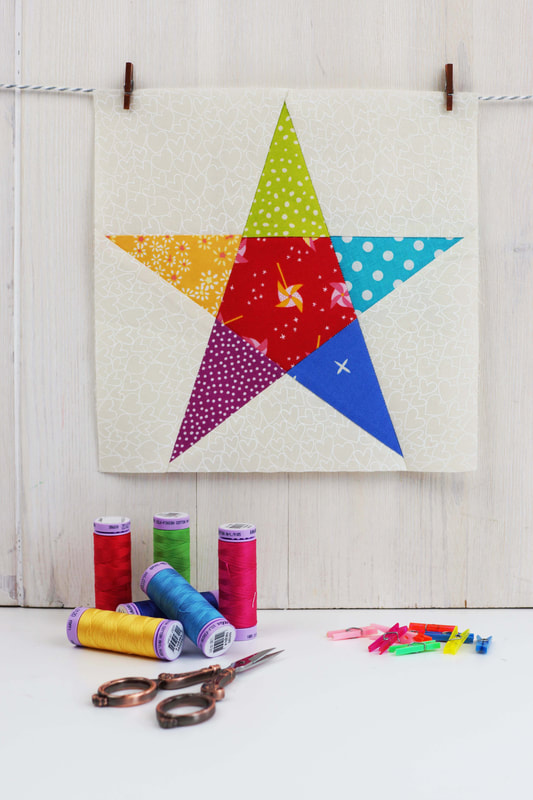
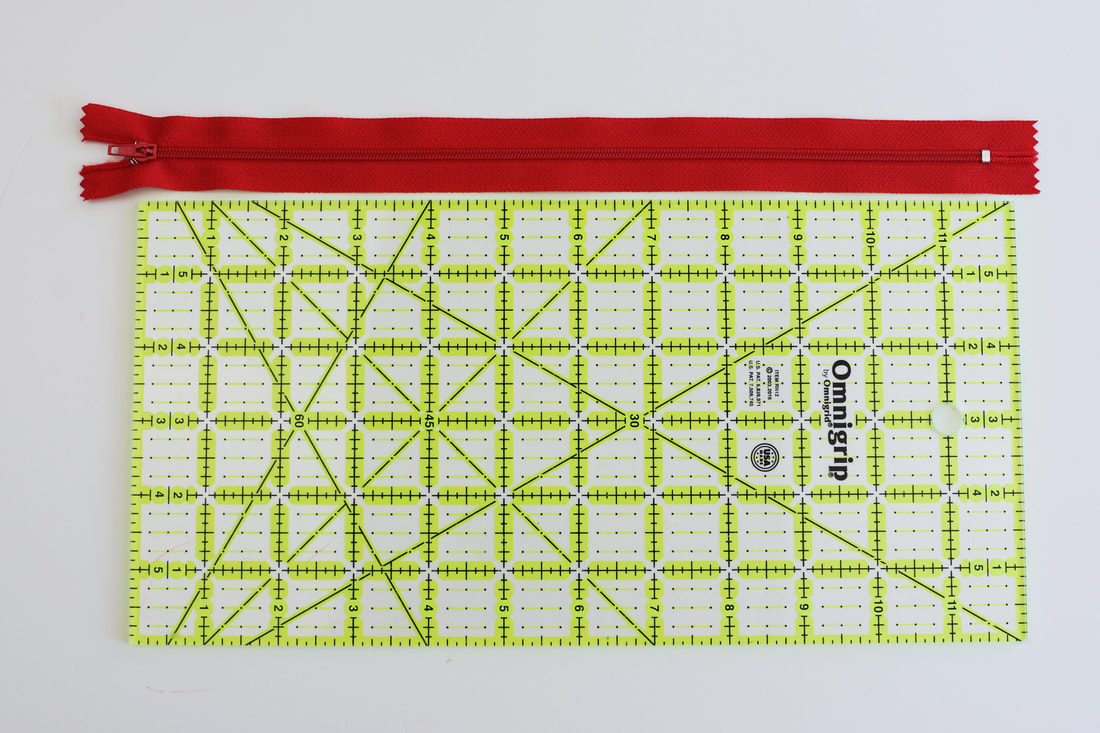
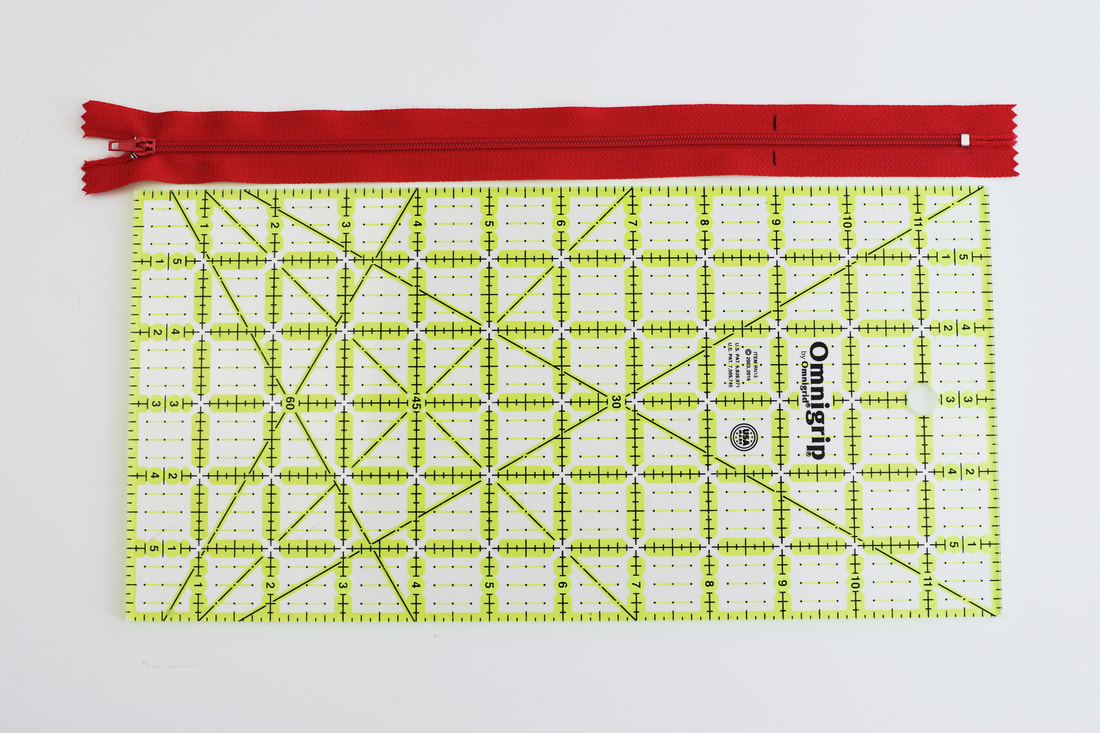
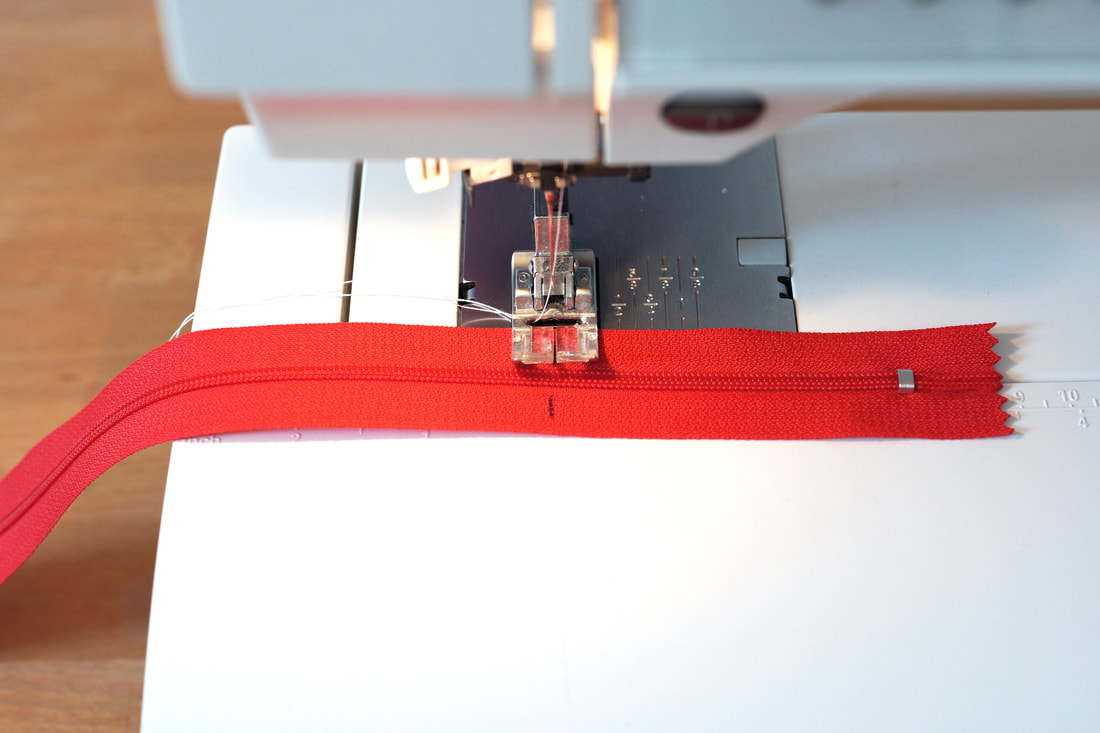
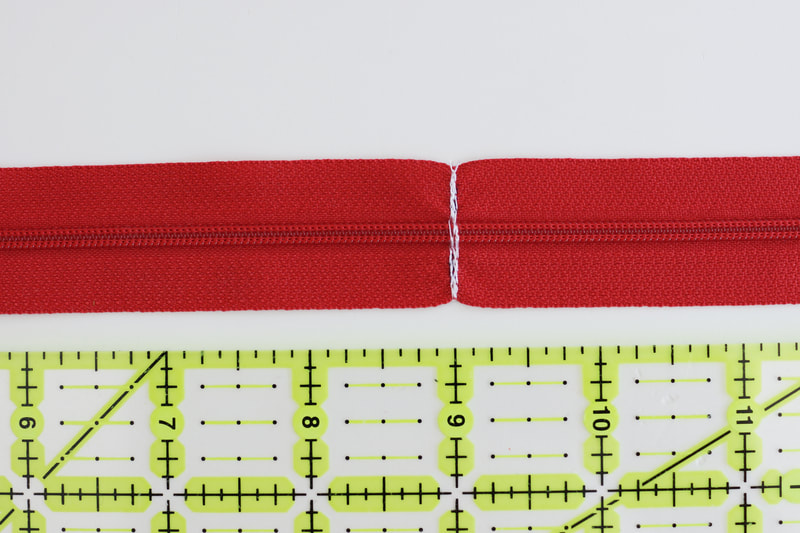
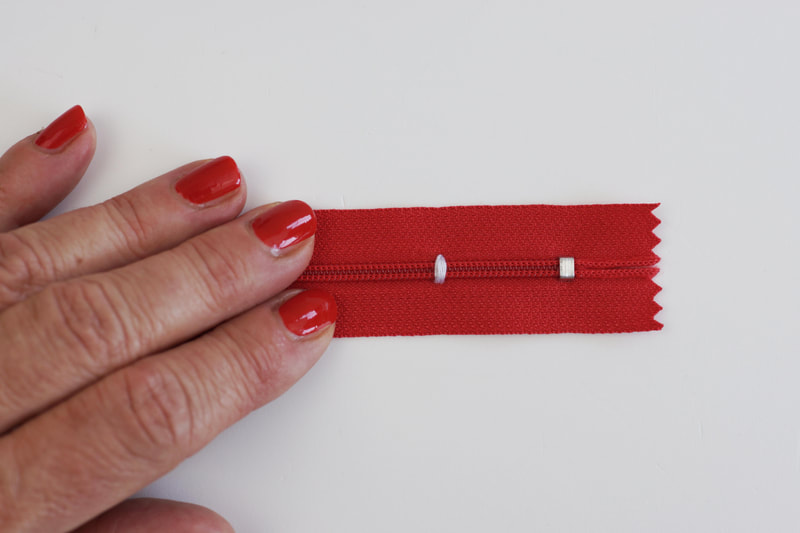
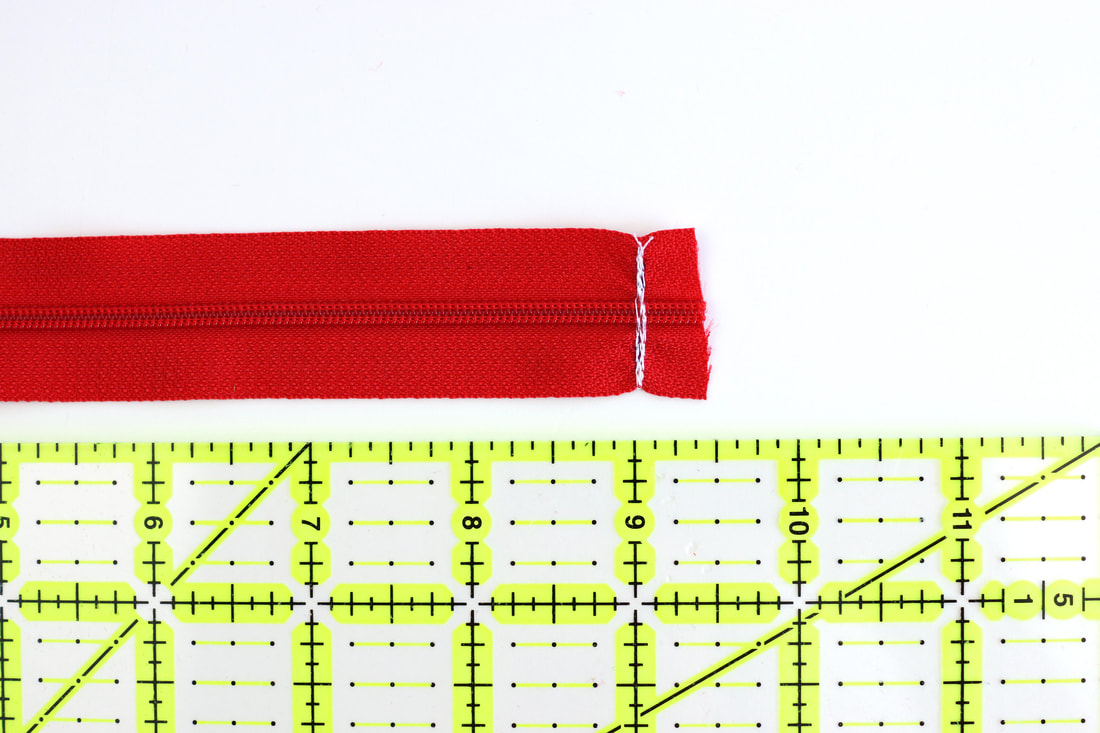
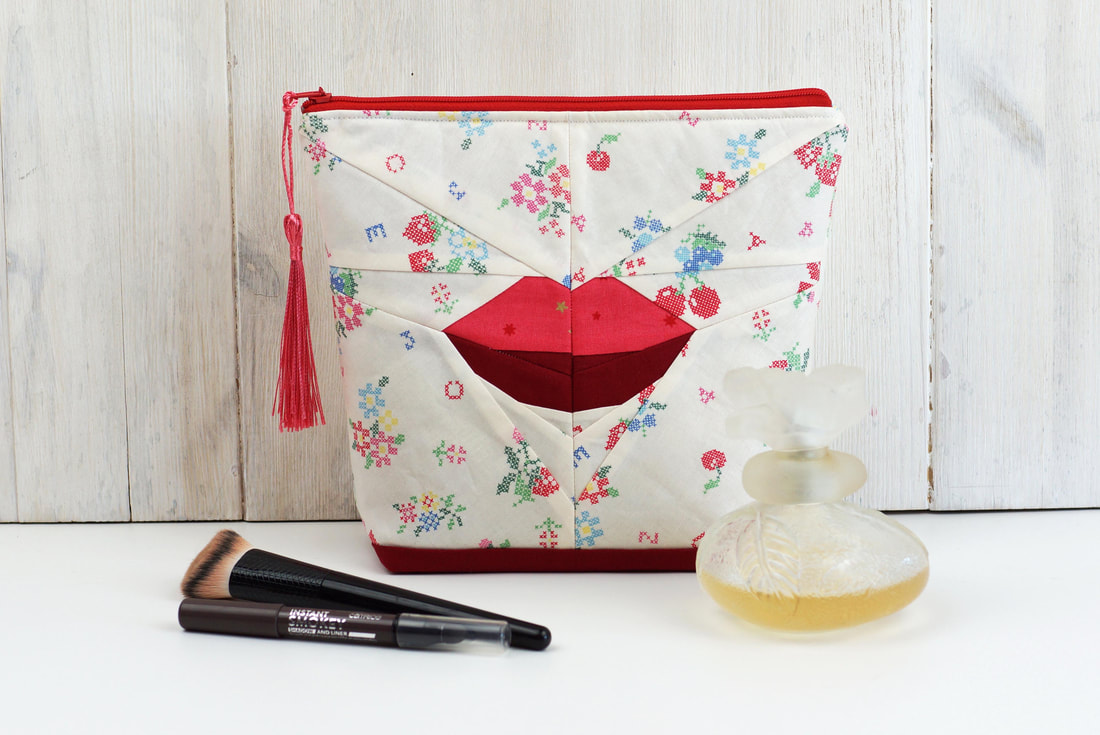
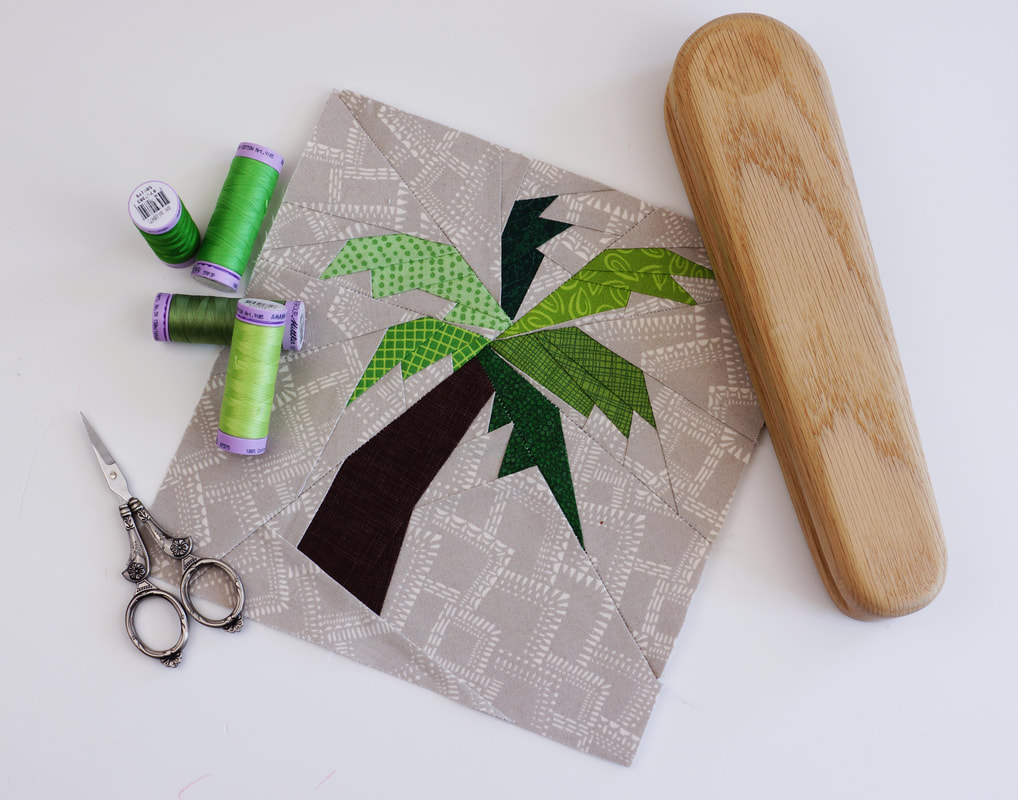
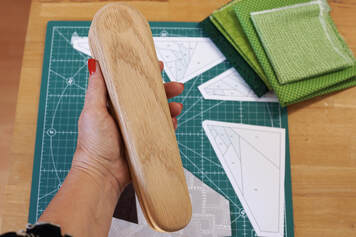
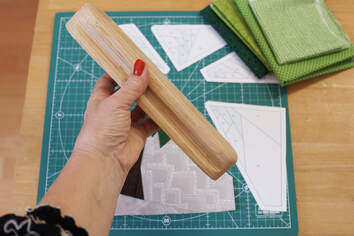
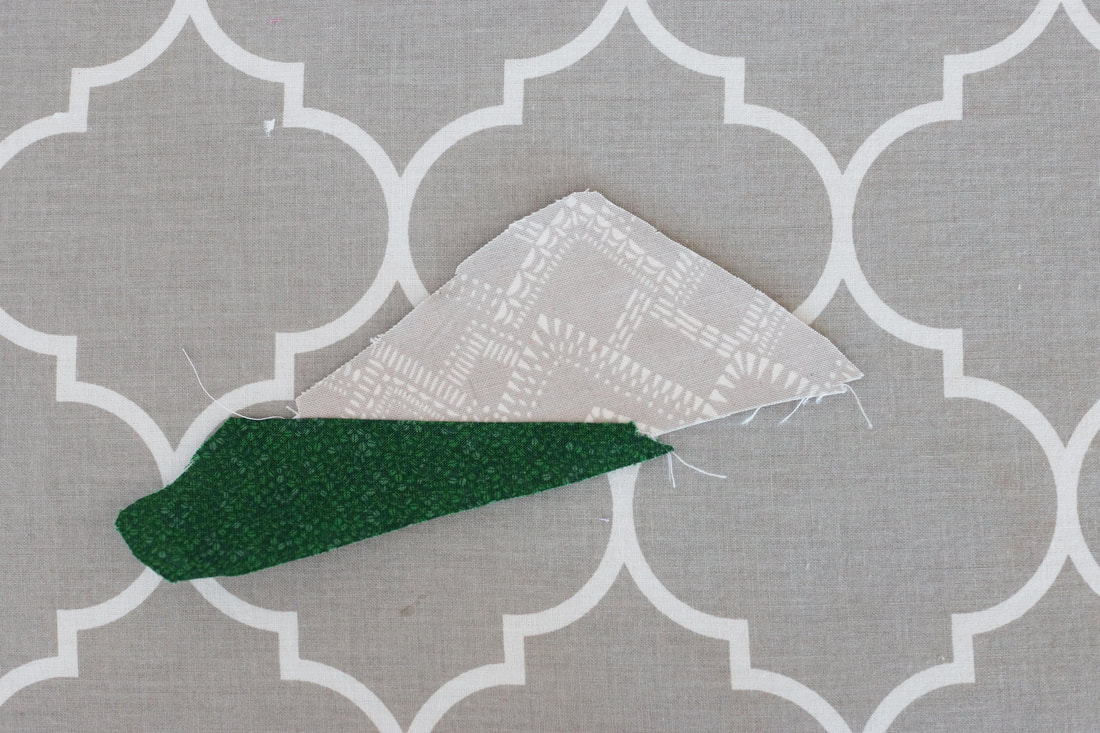
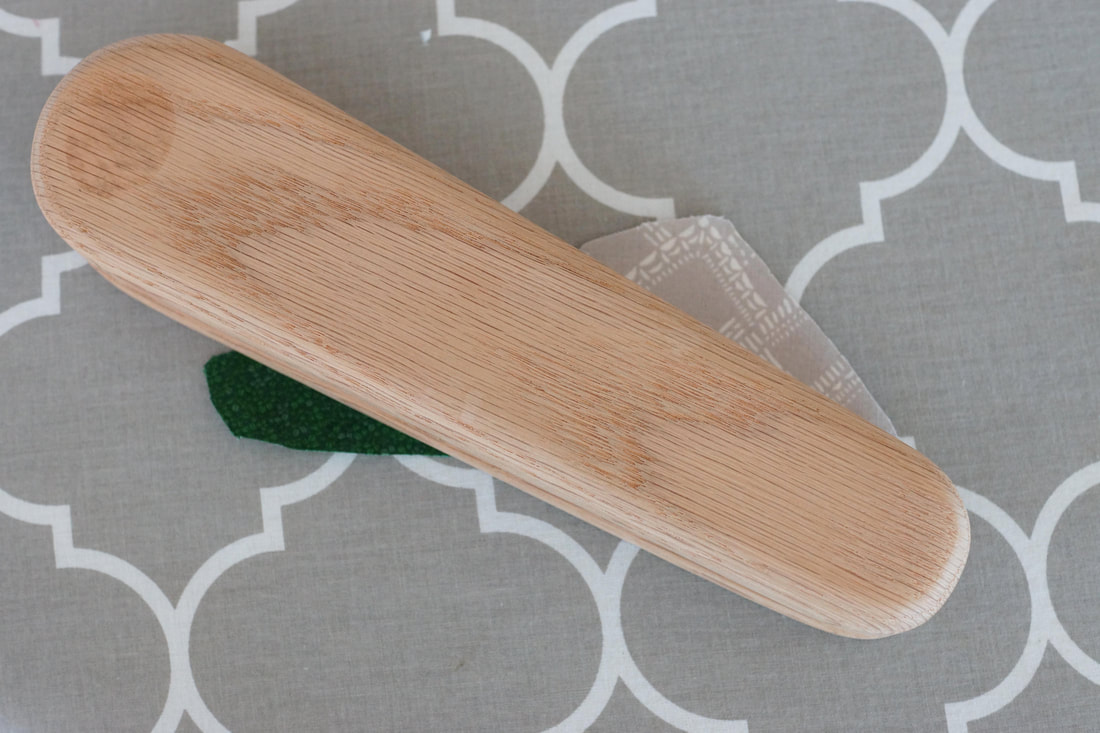
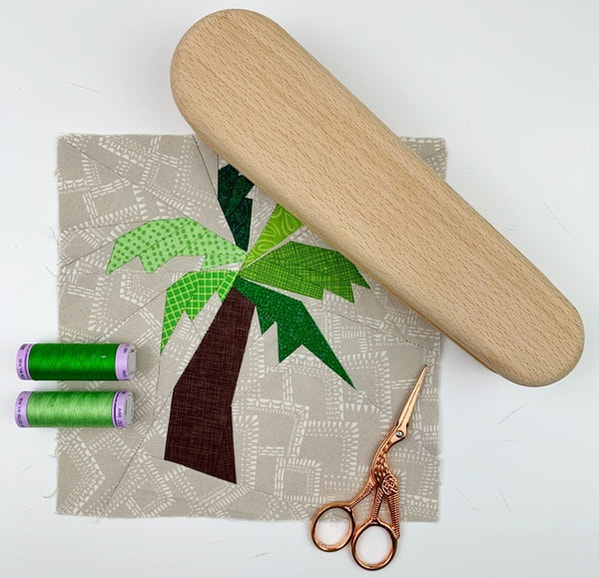
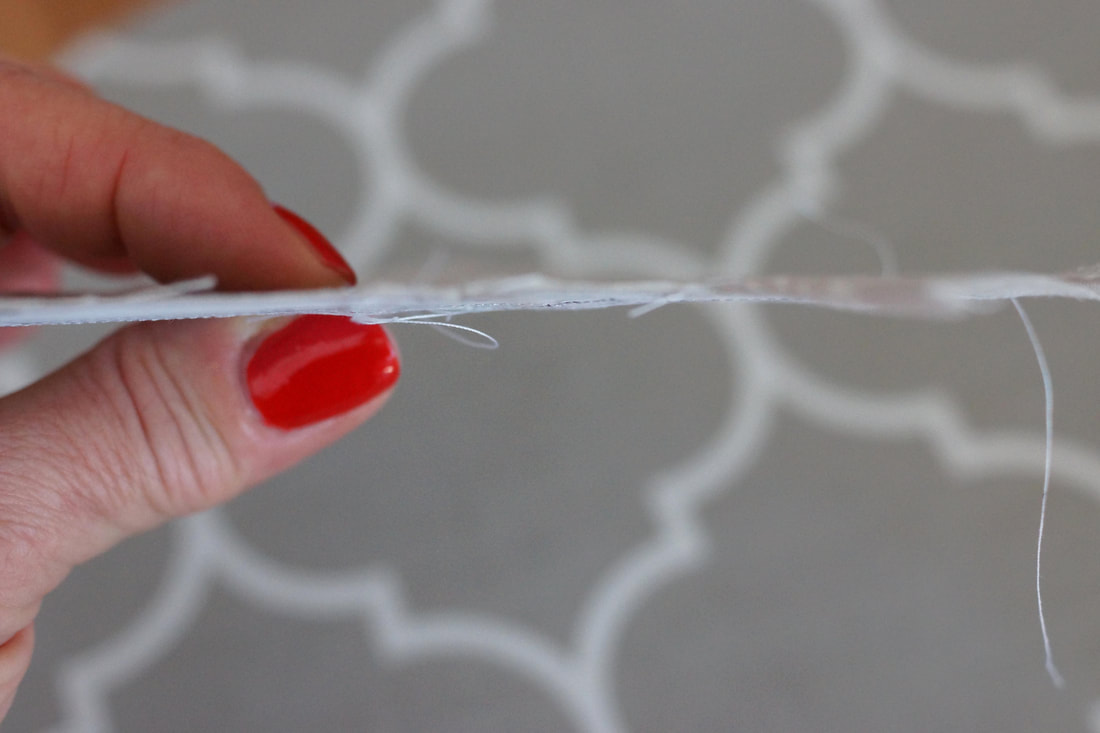
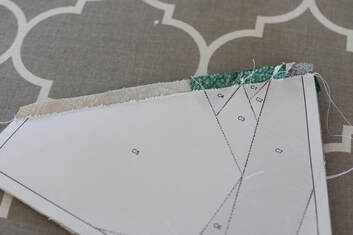
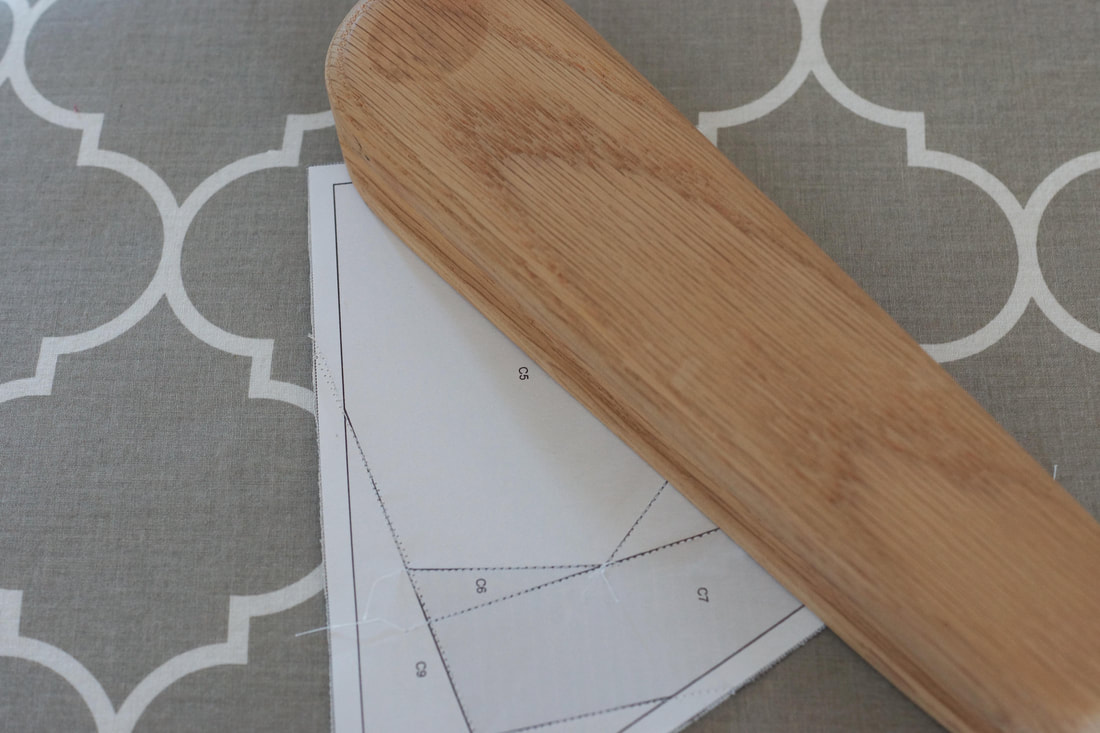

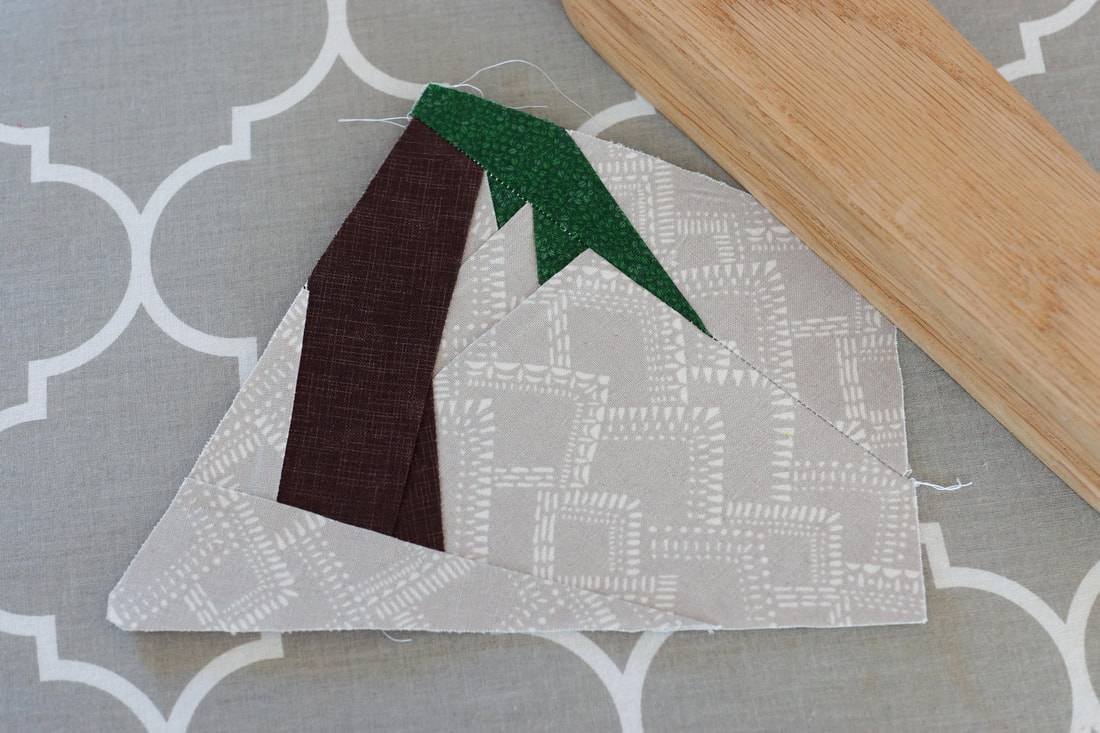
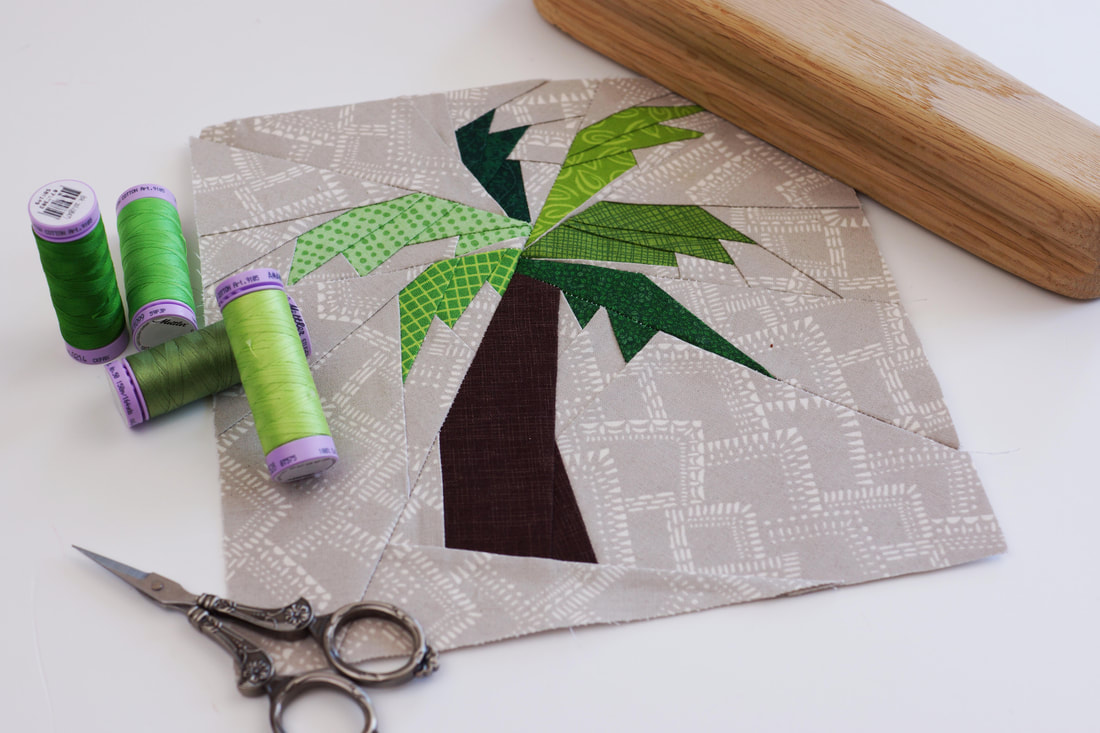
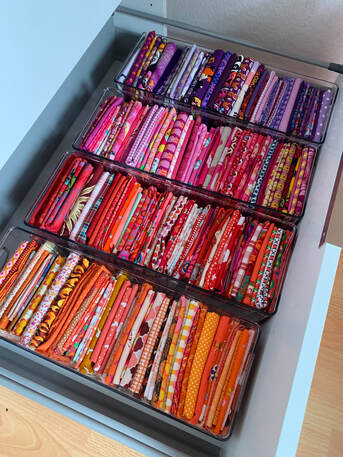

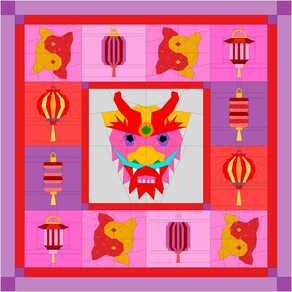
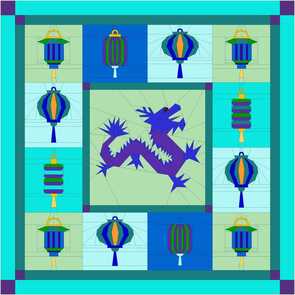
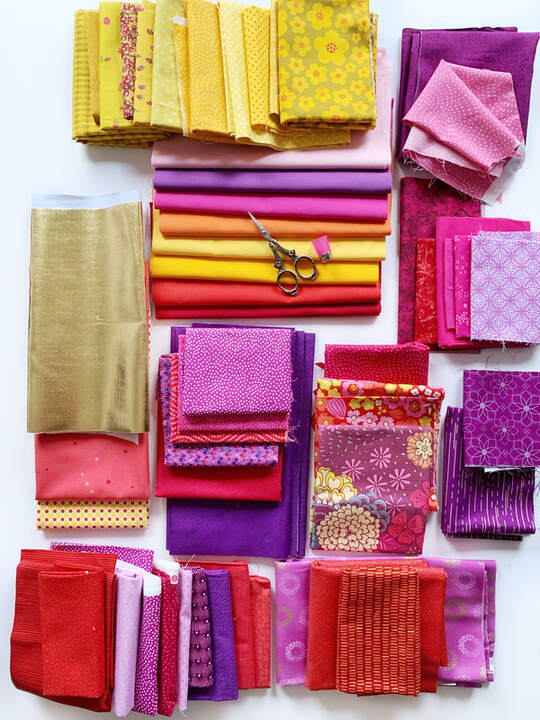
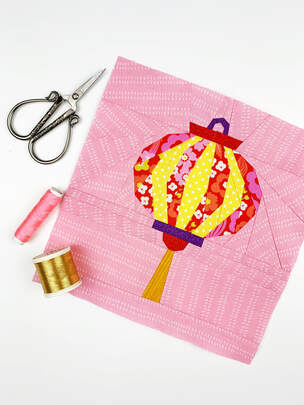
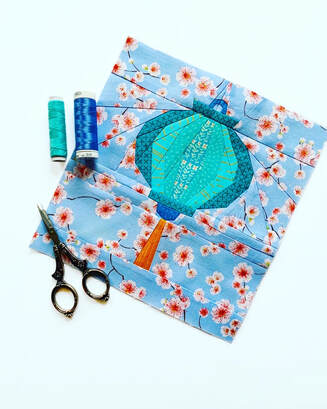
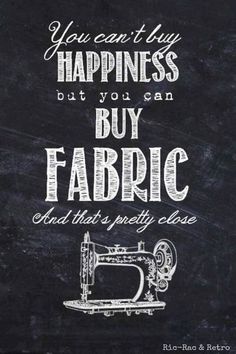
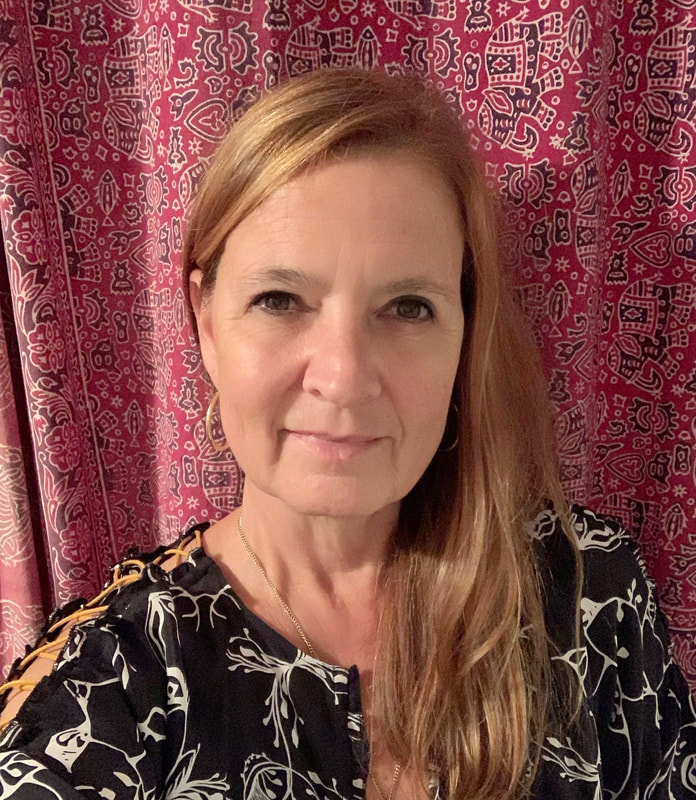
 RSS Feed
RSS Feed
